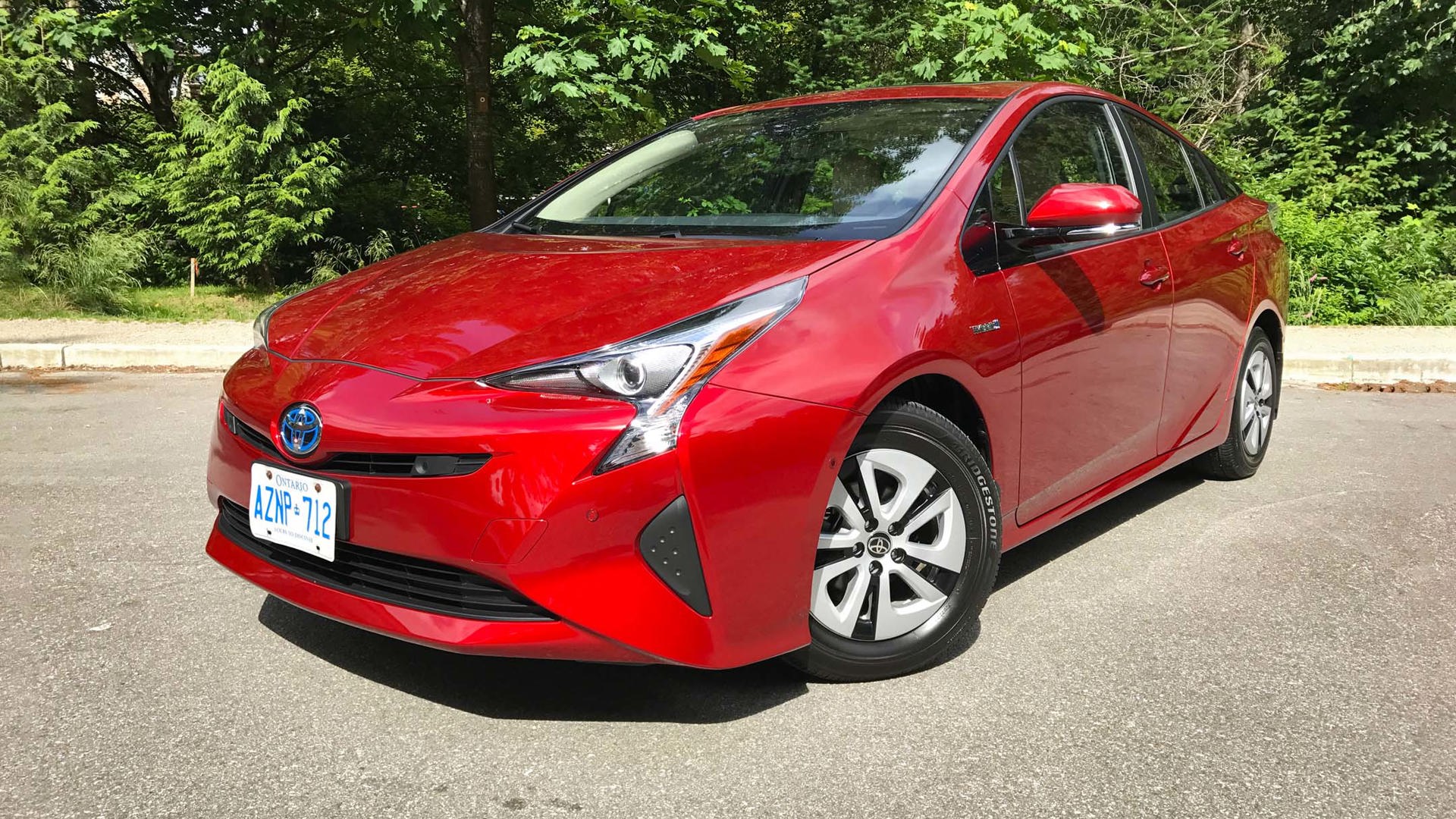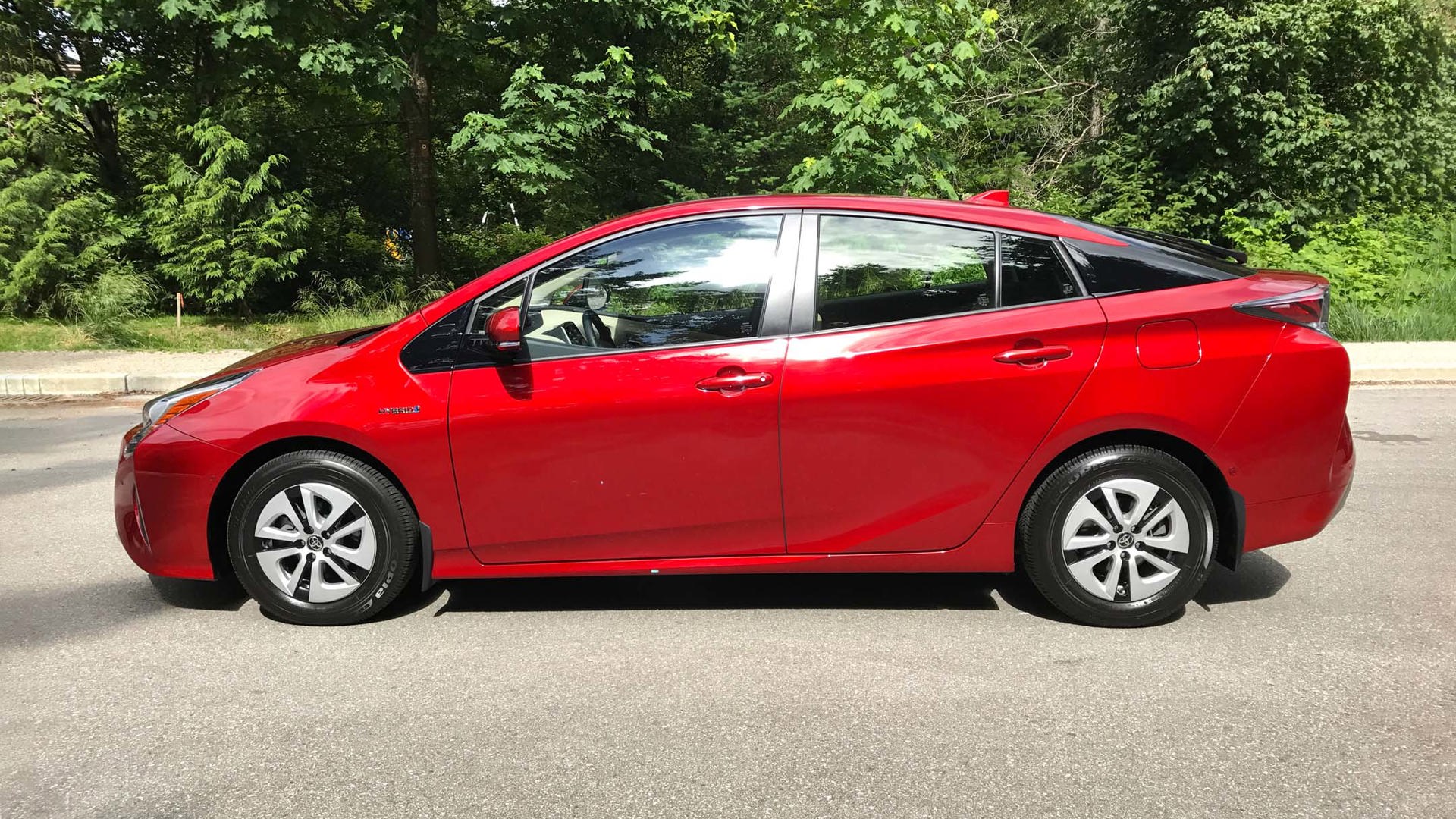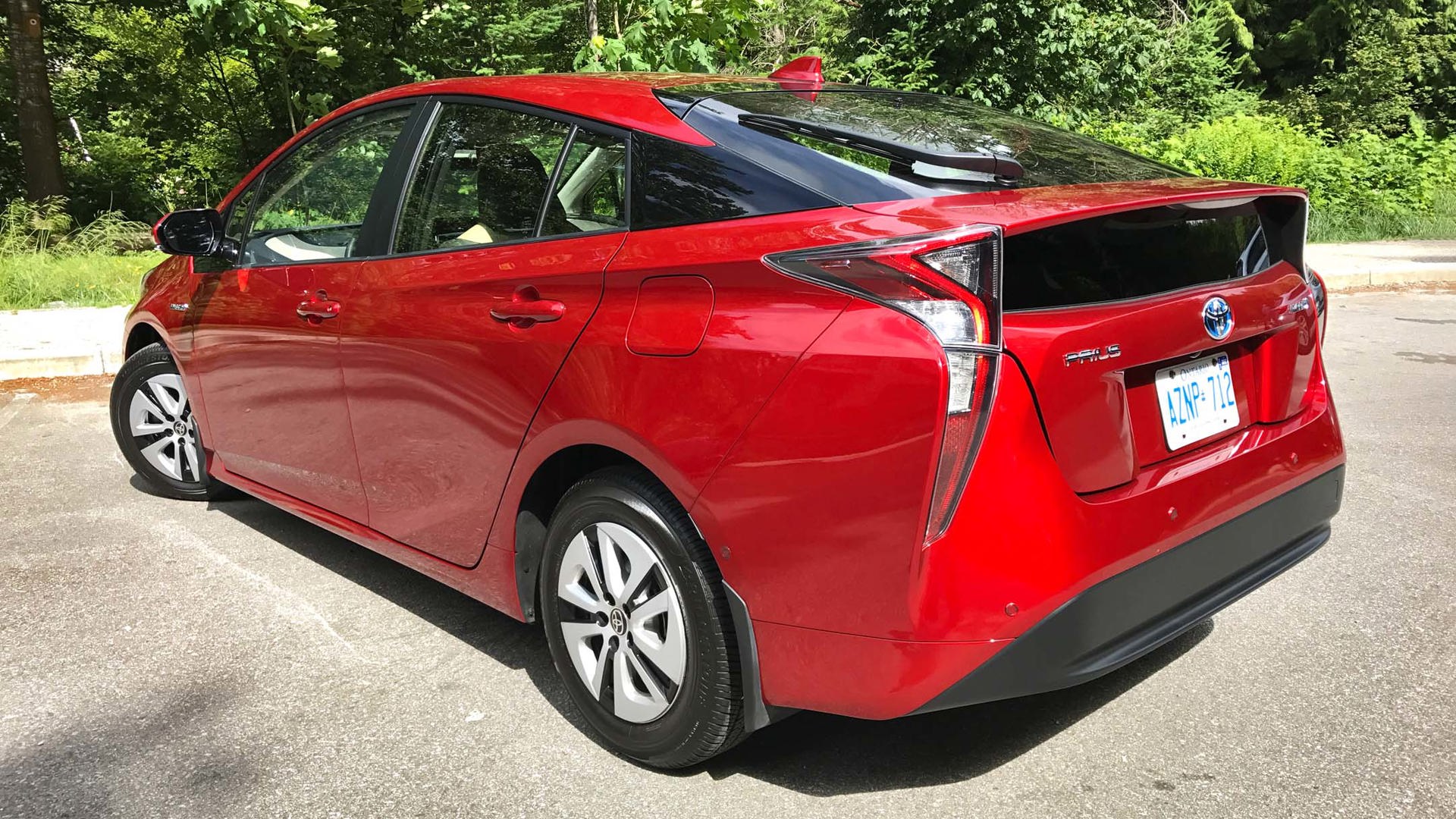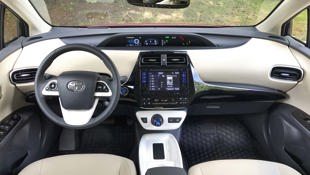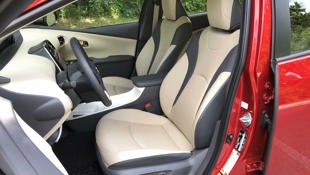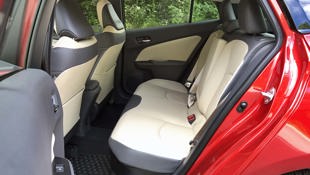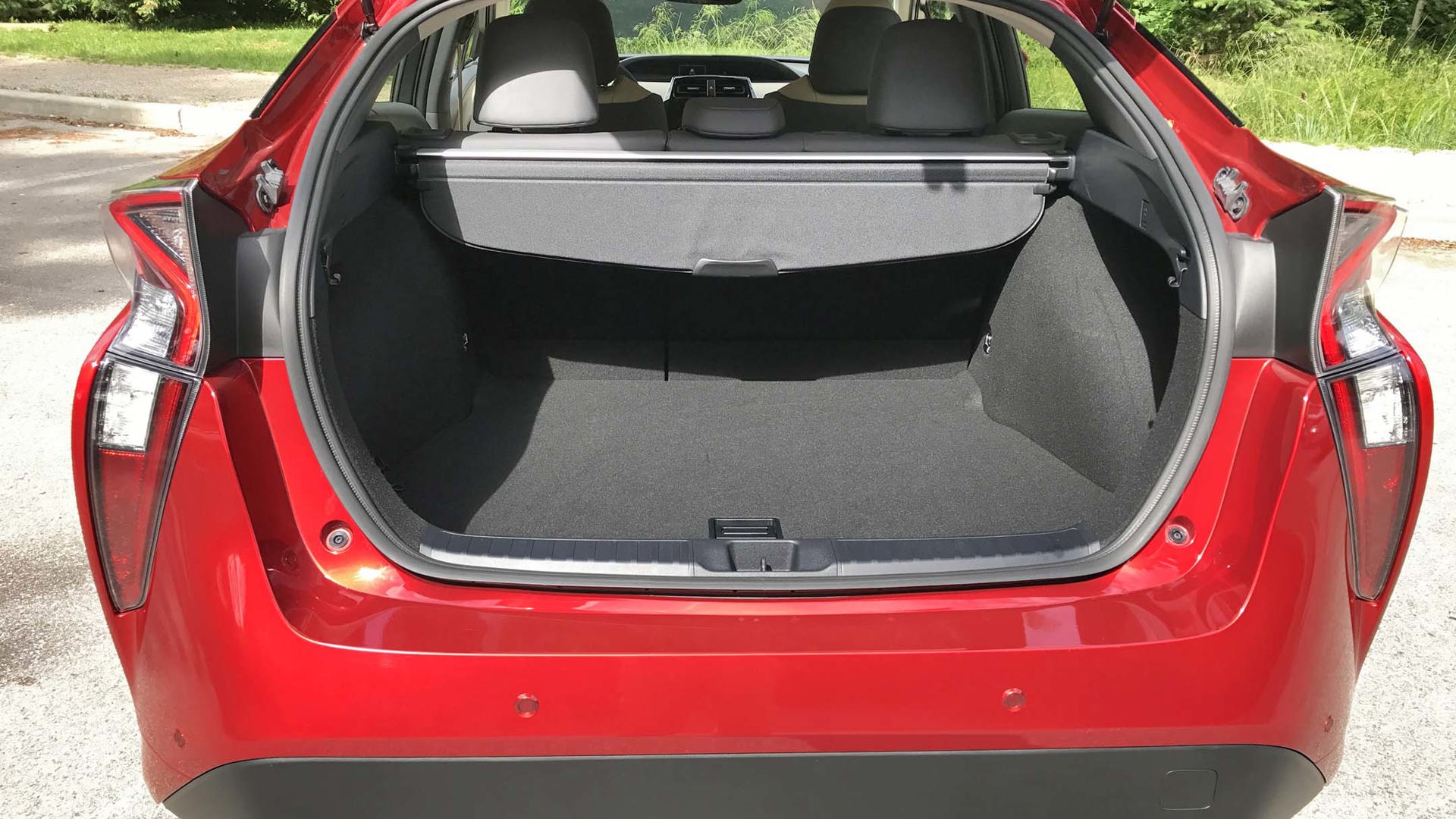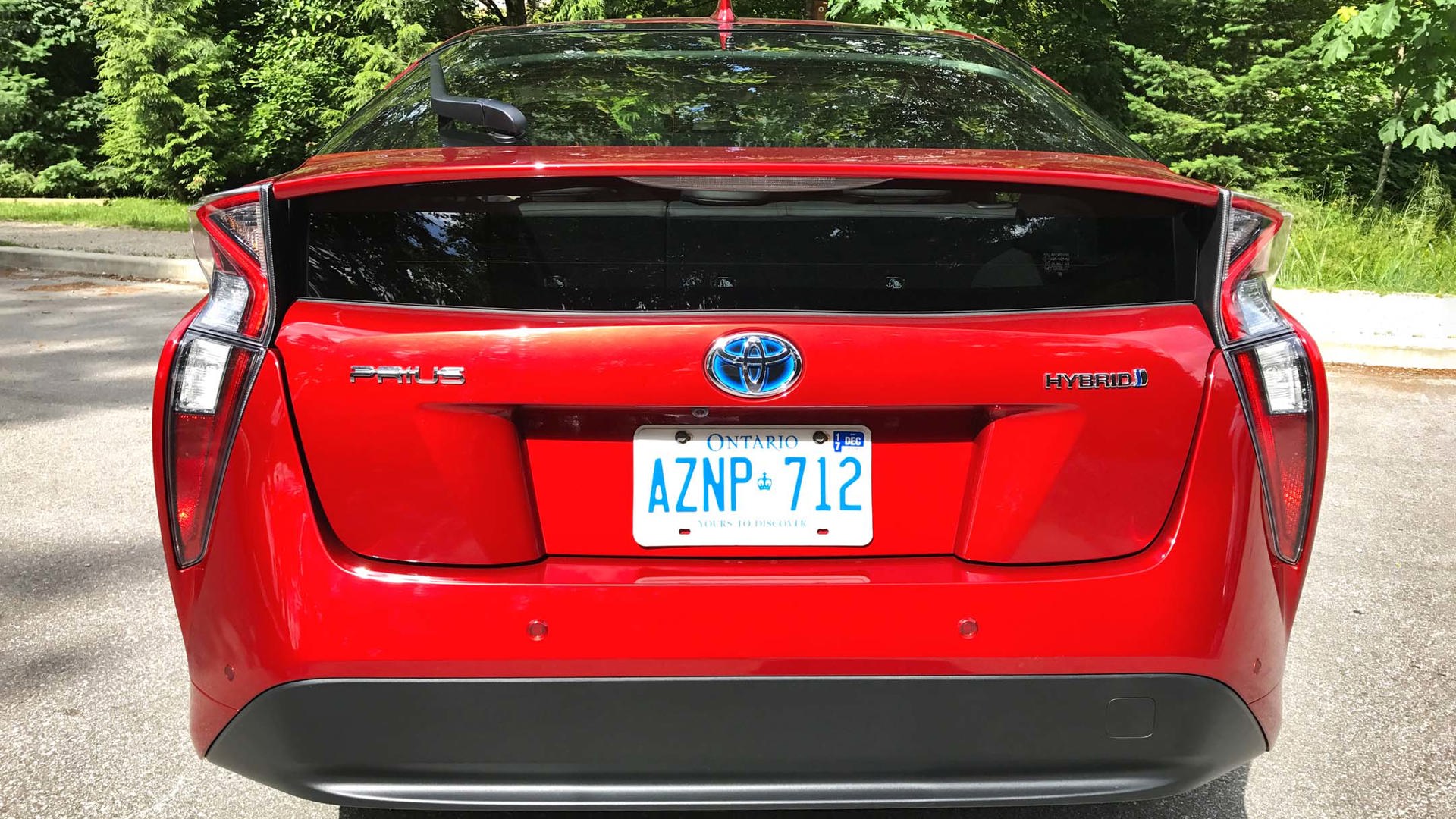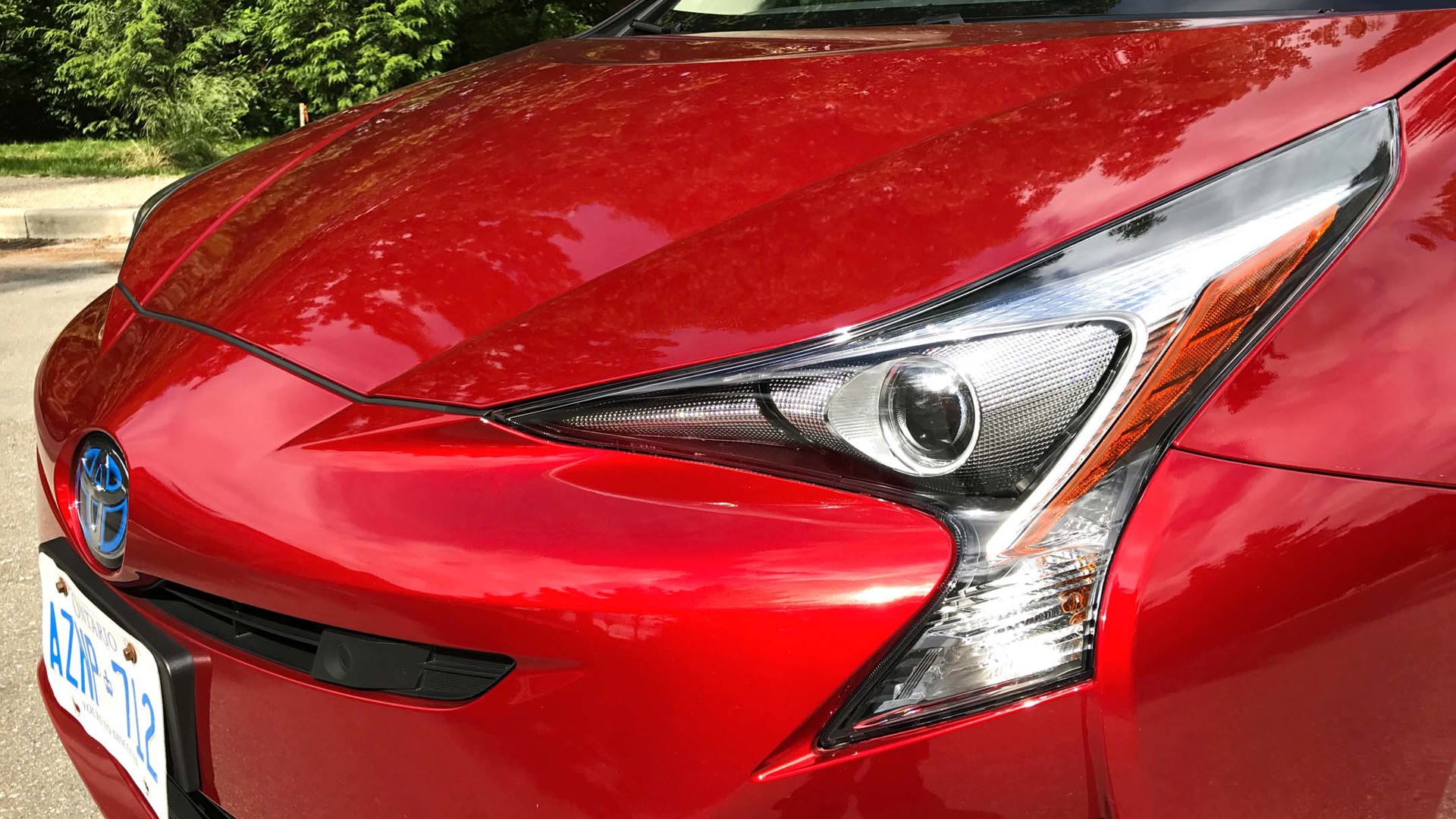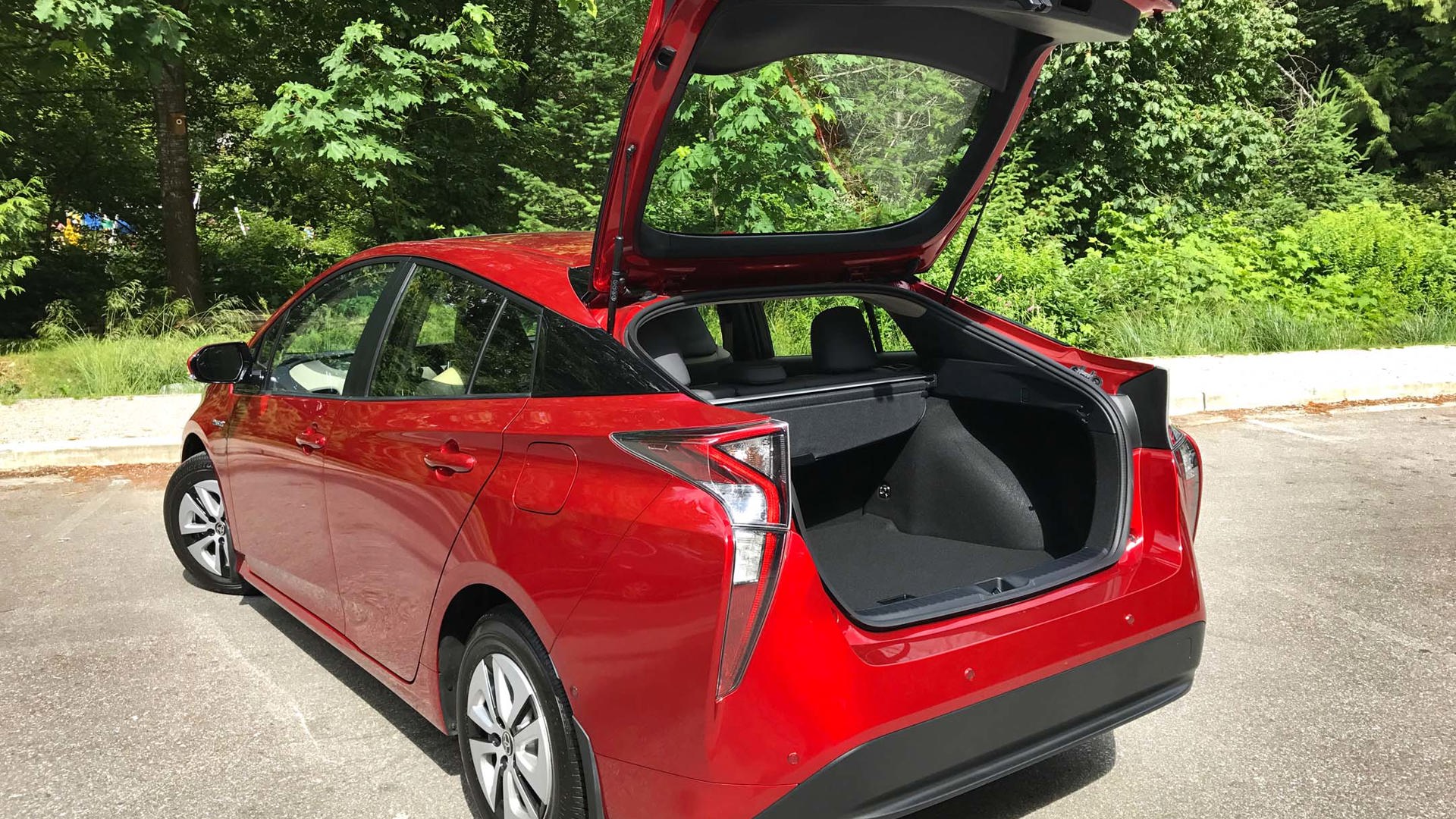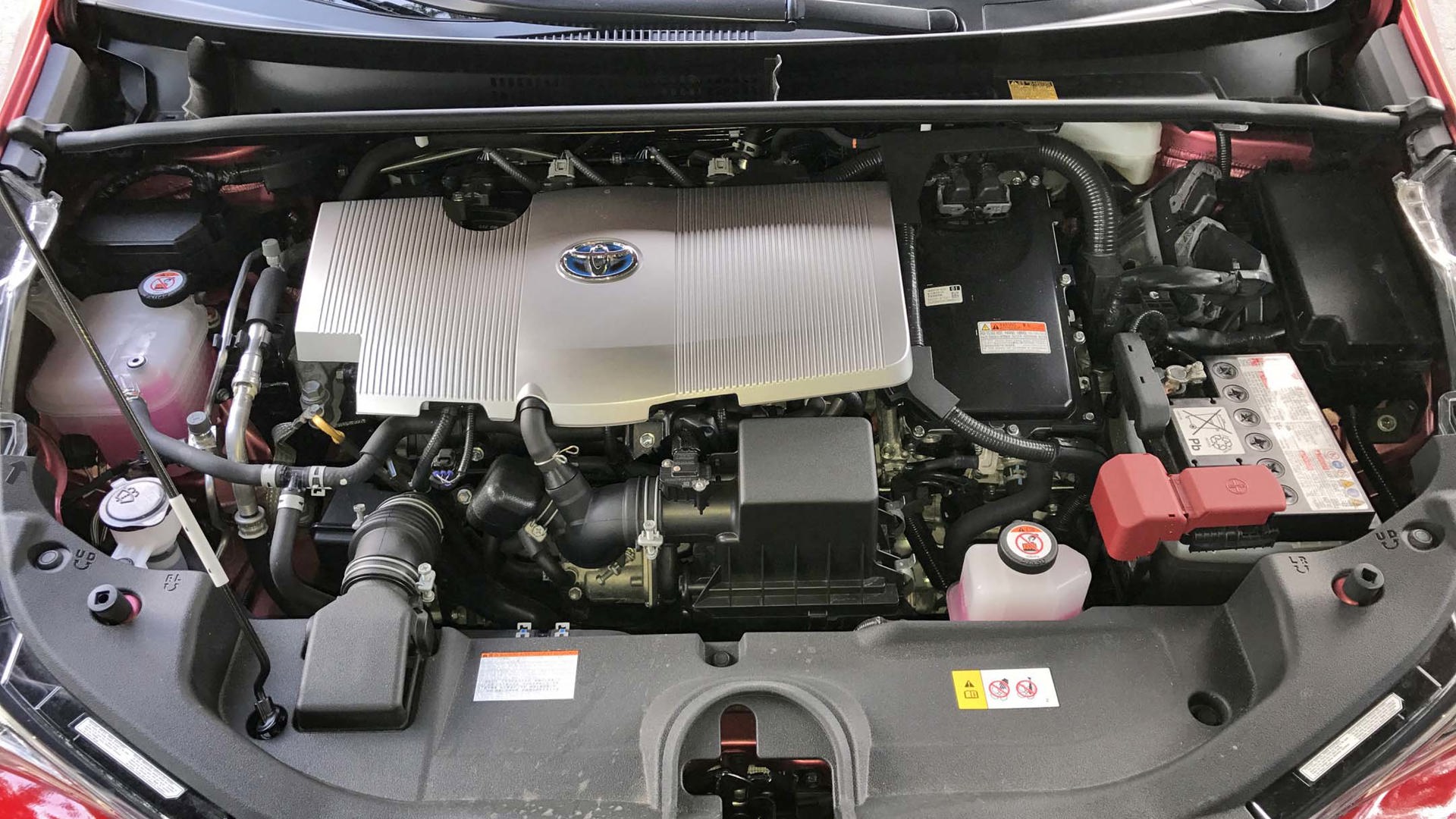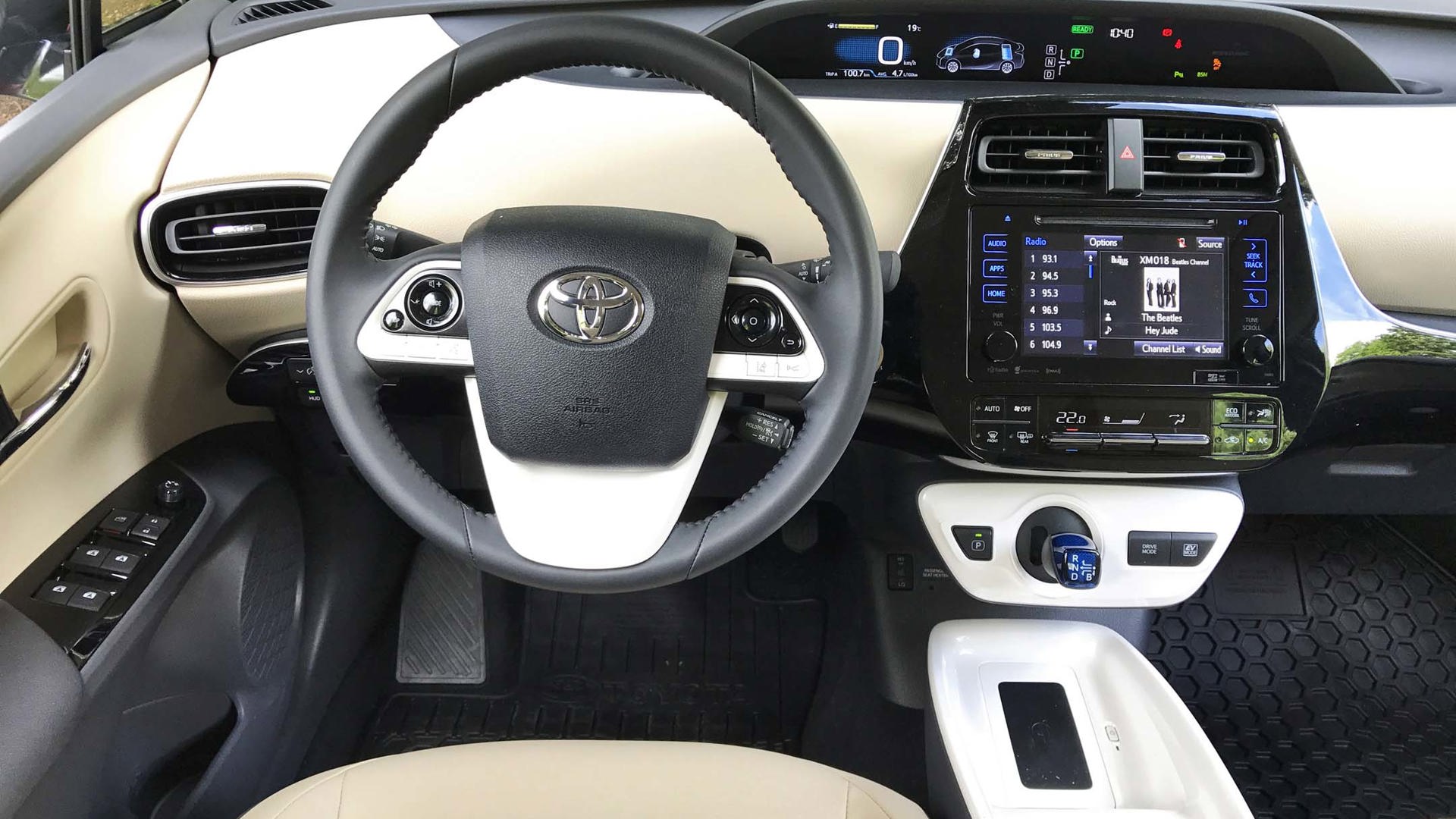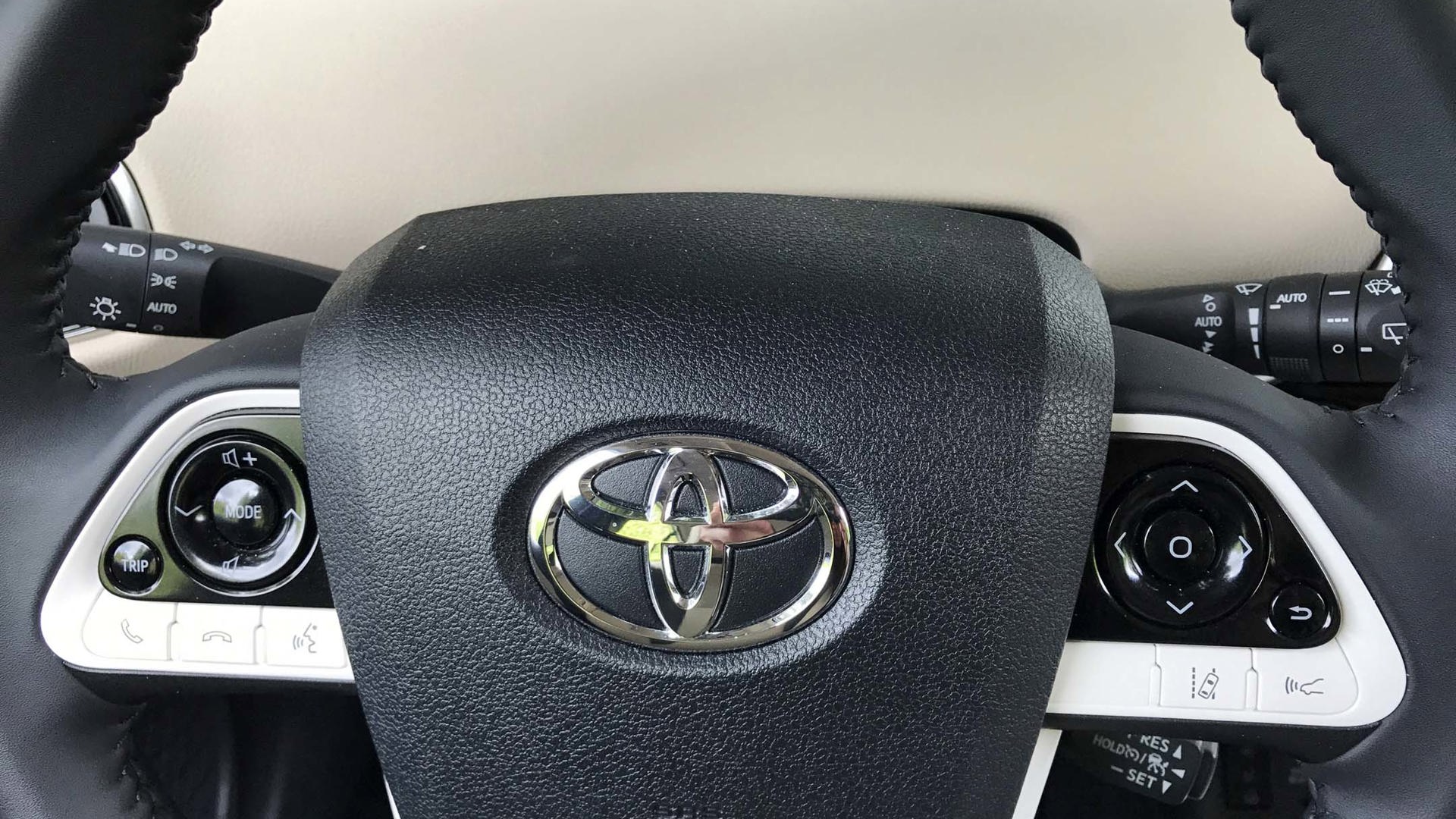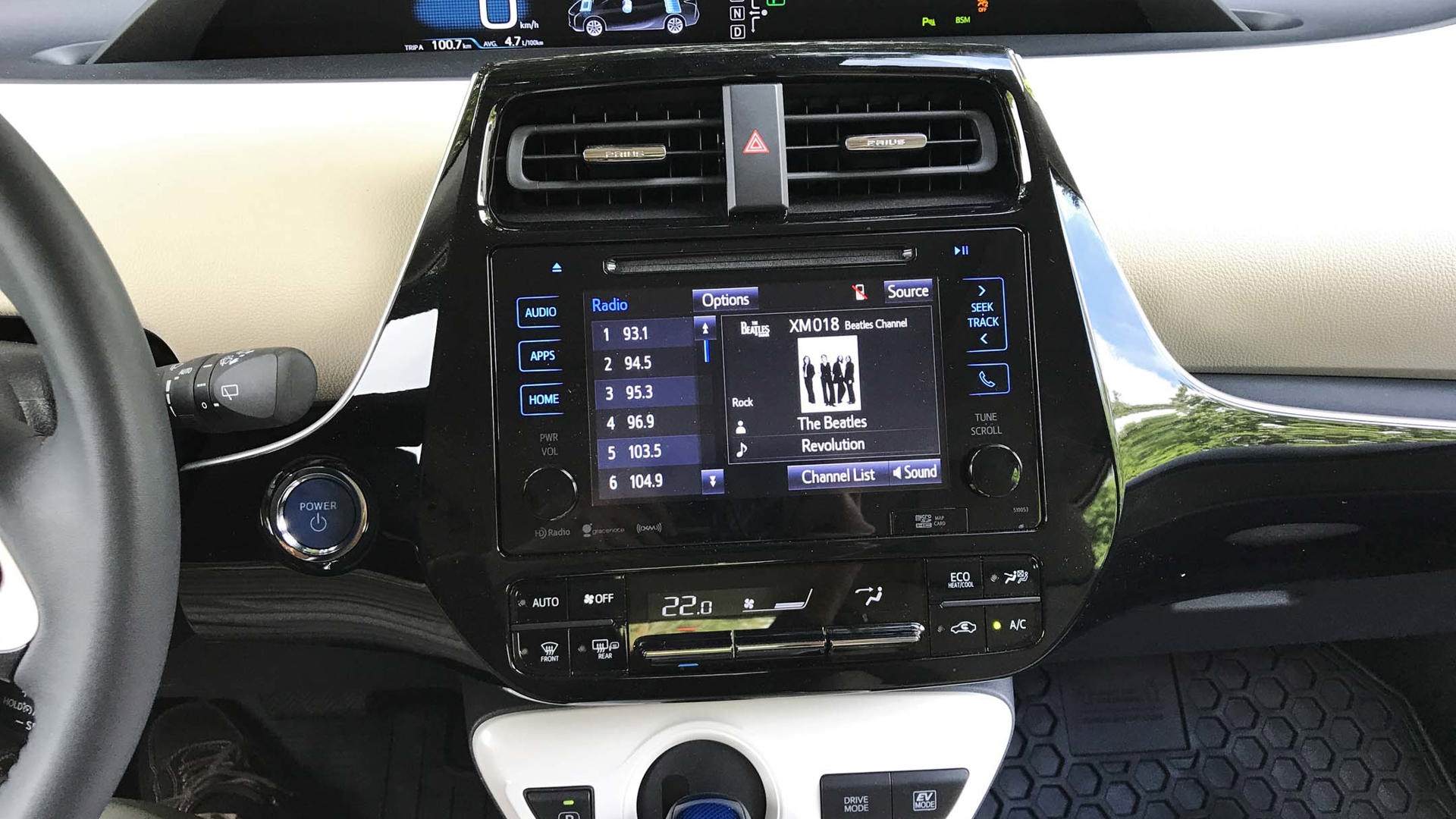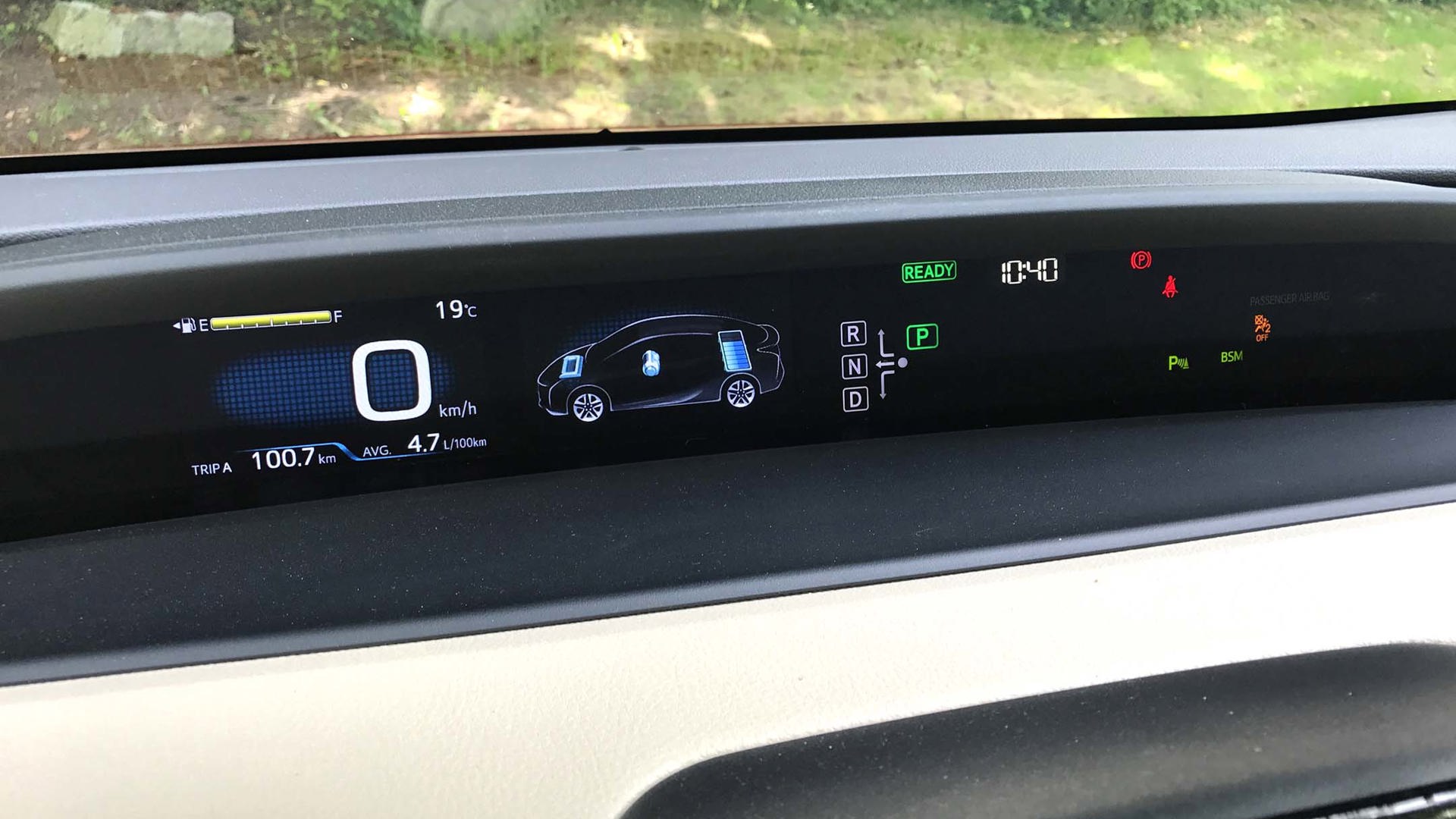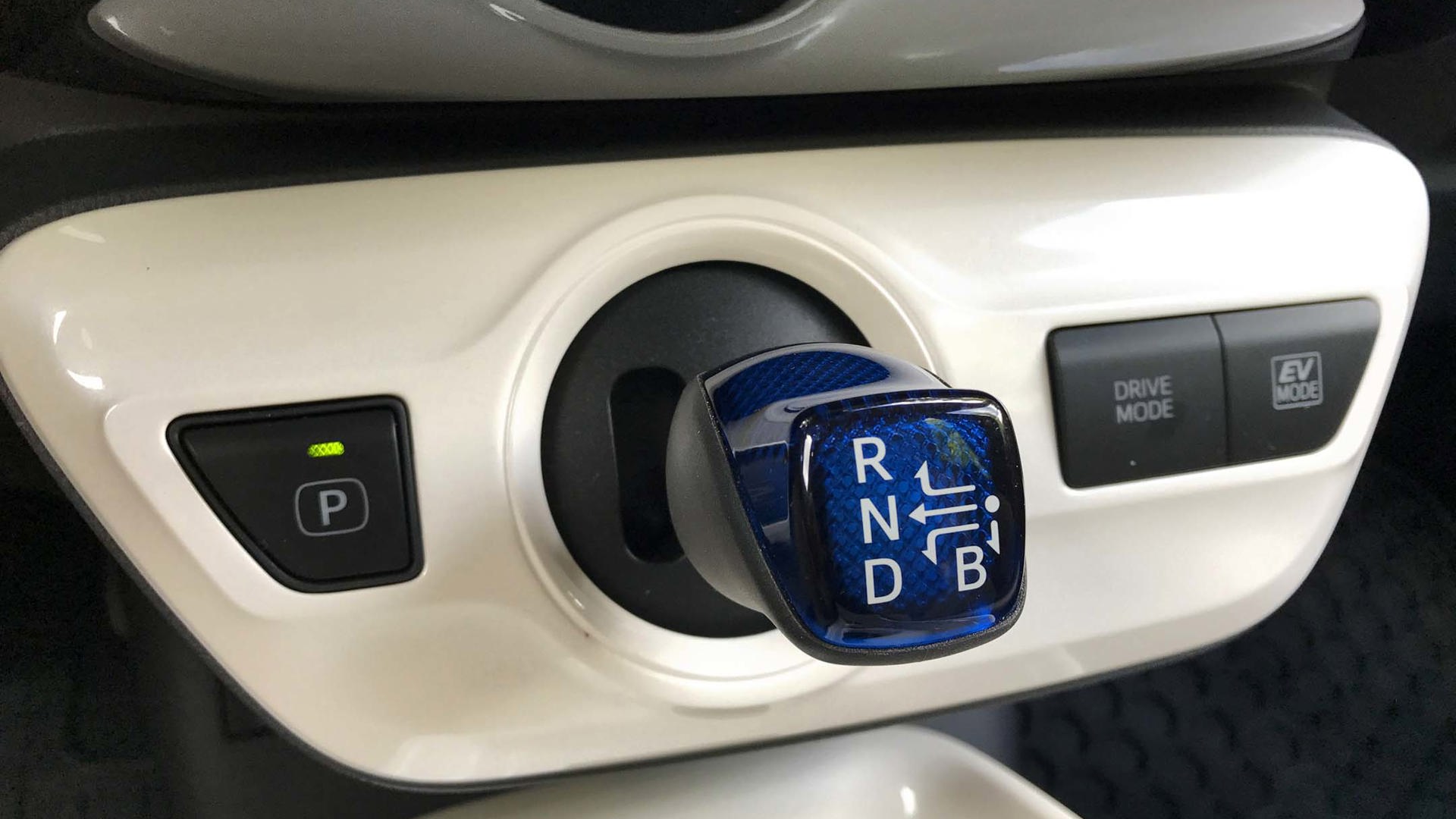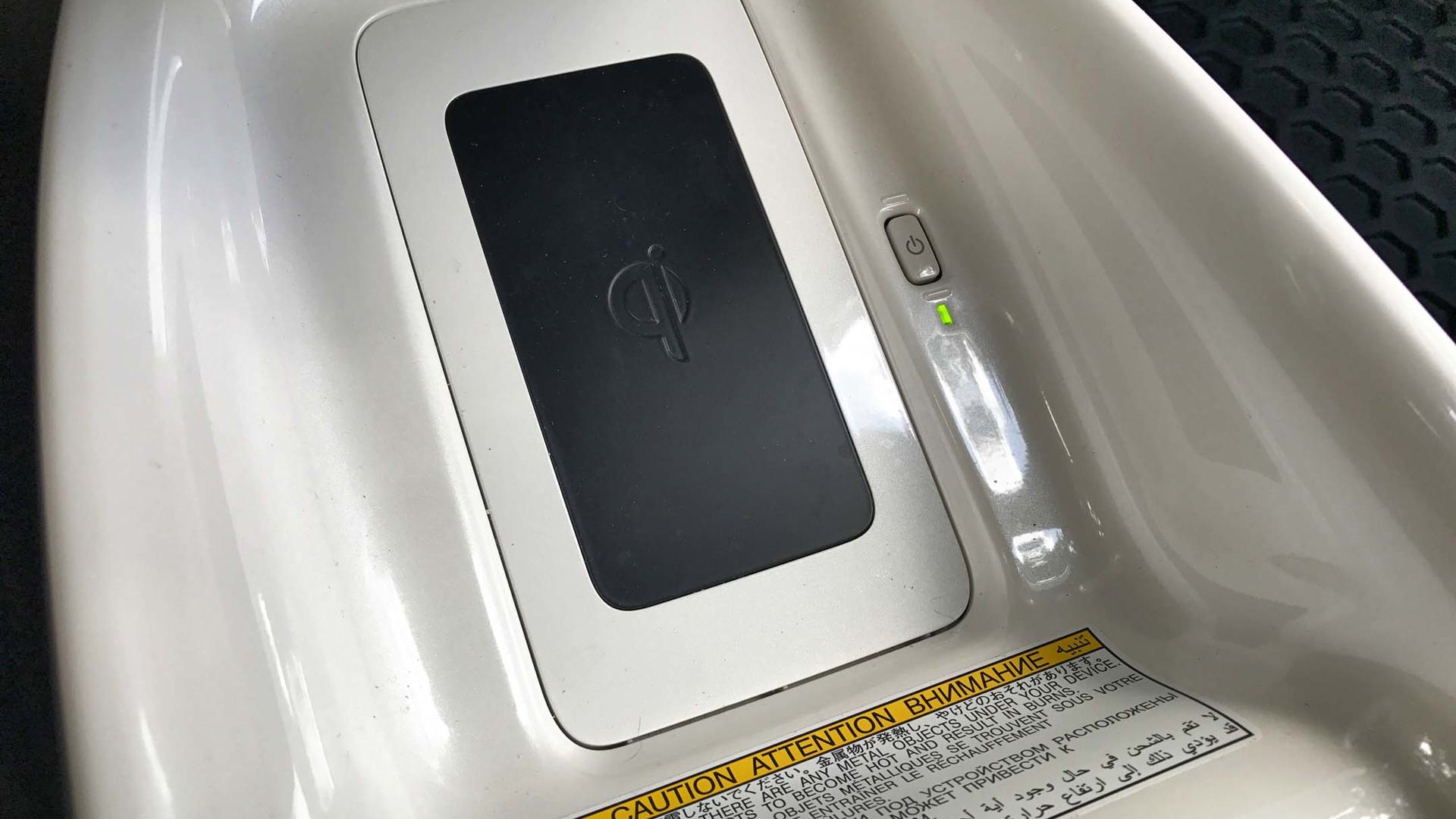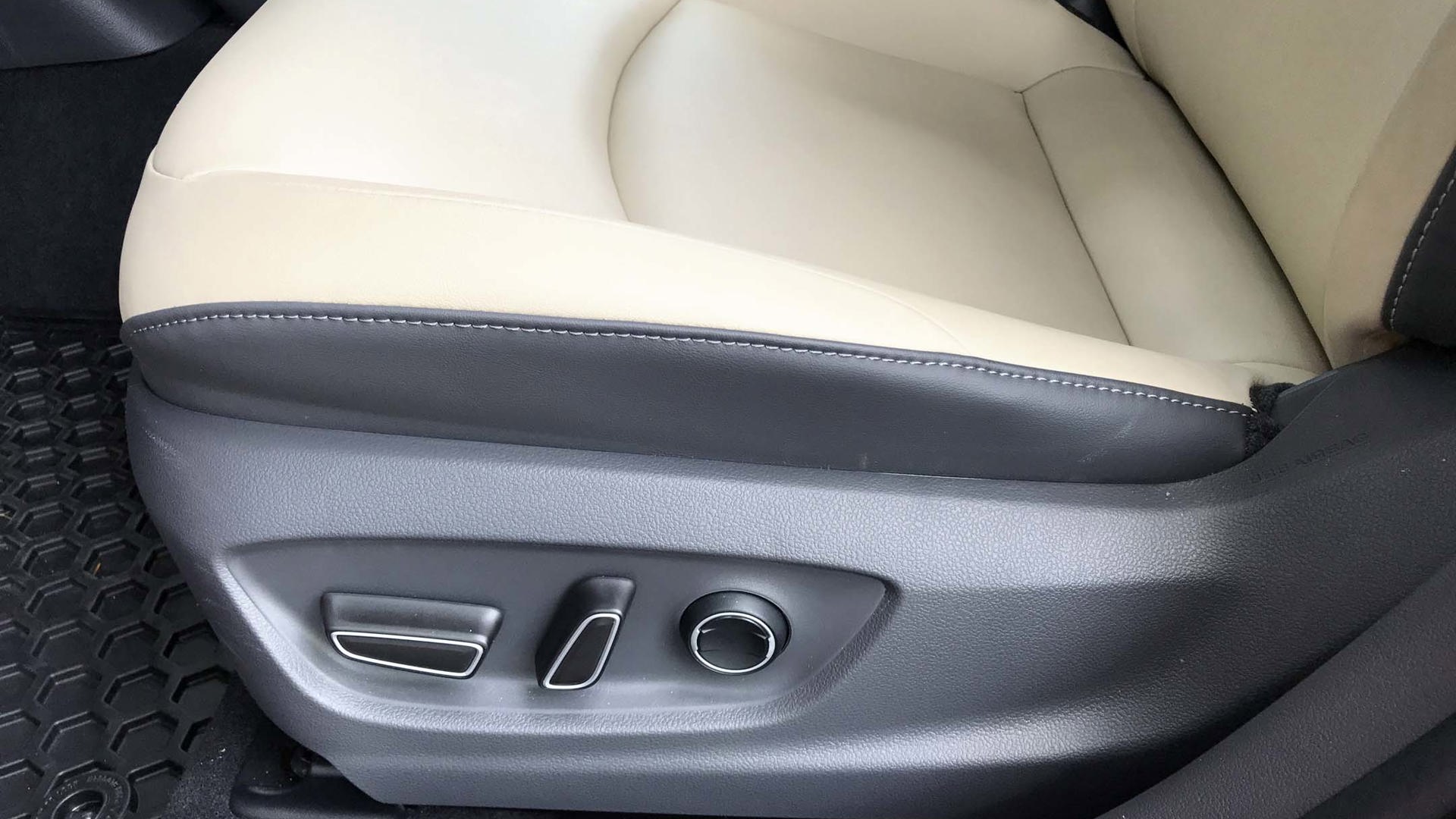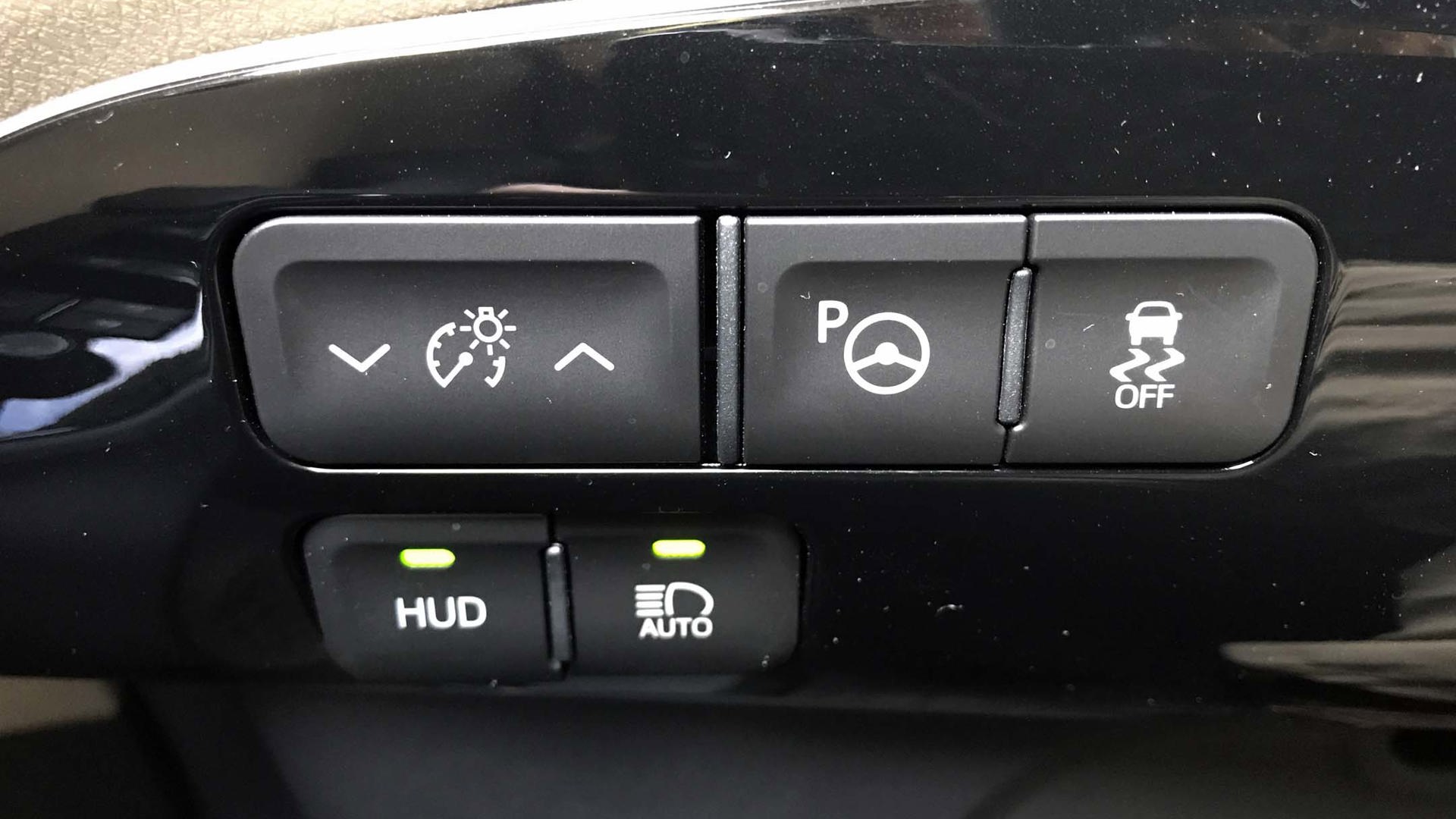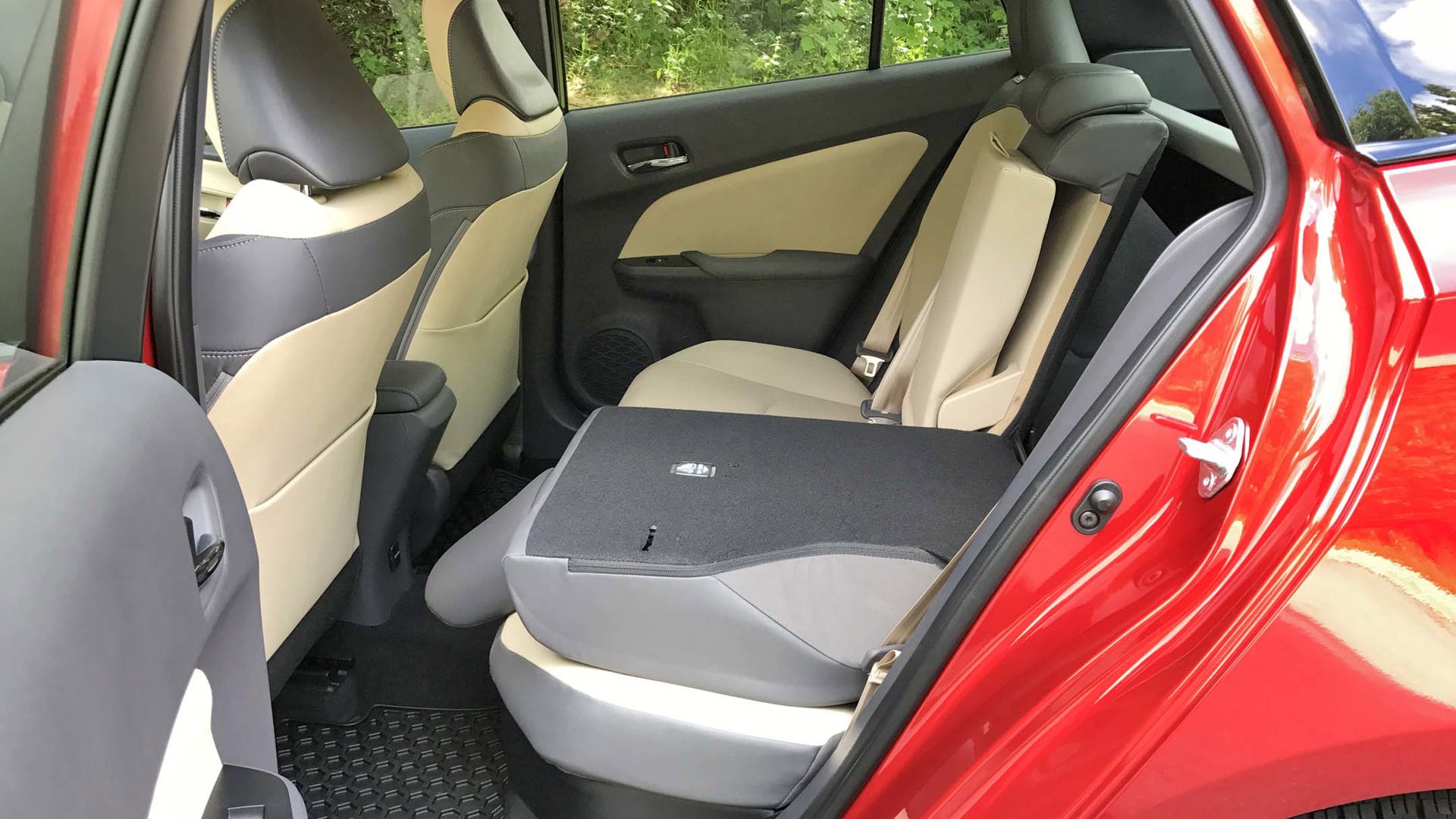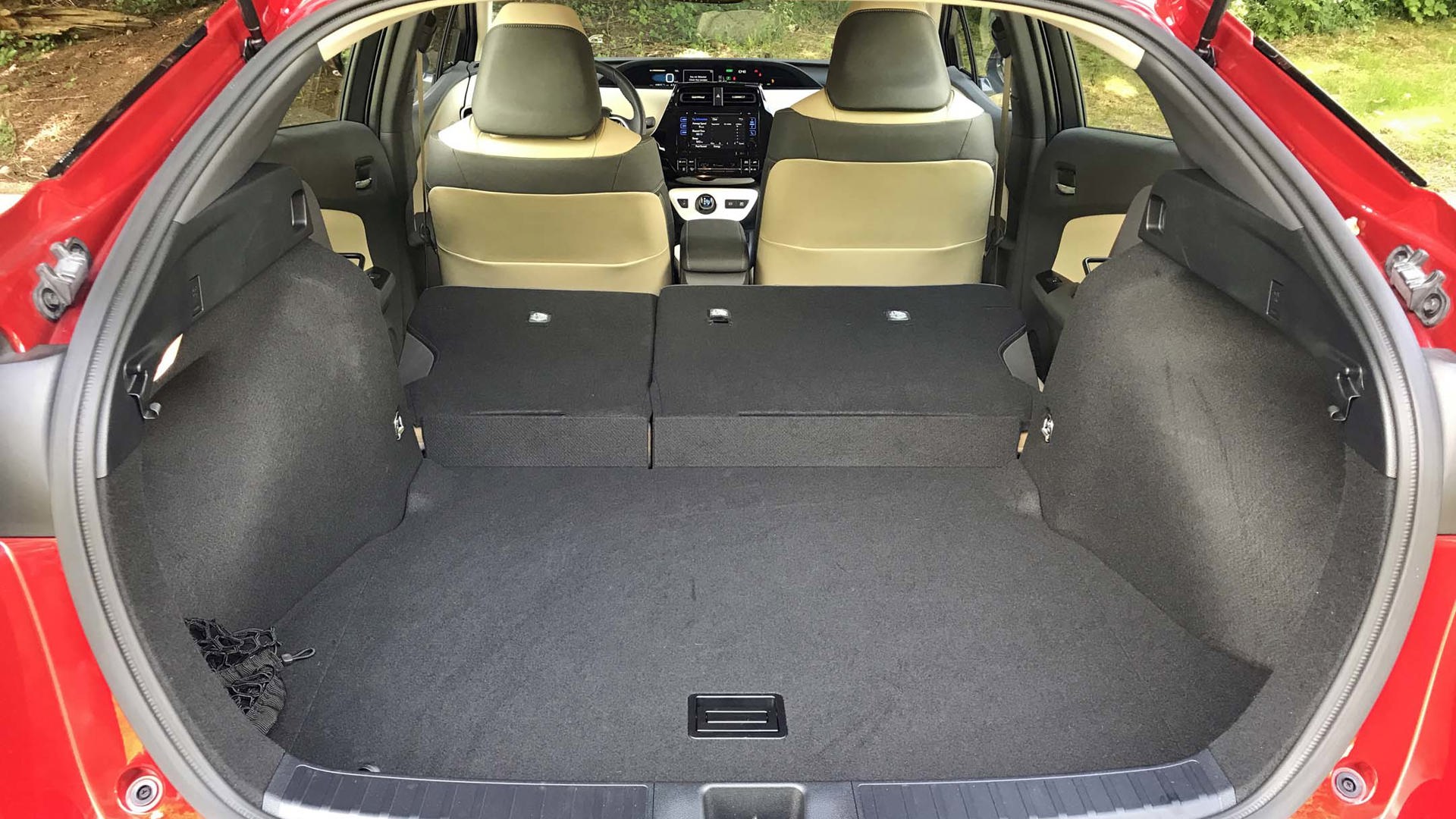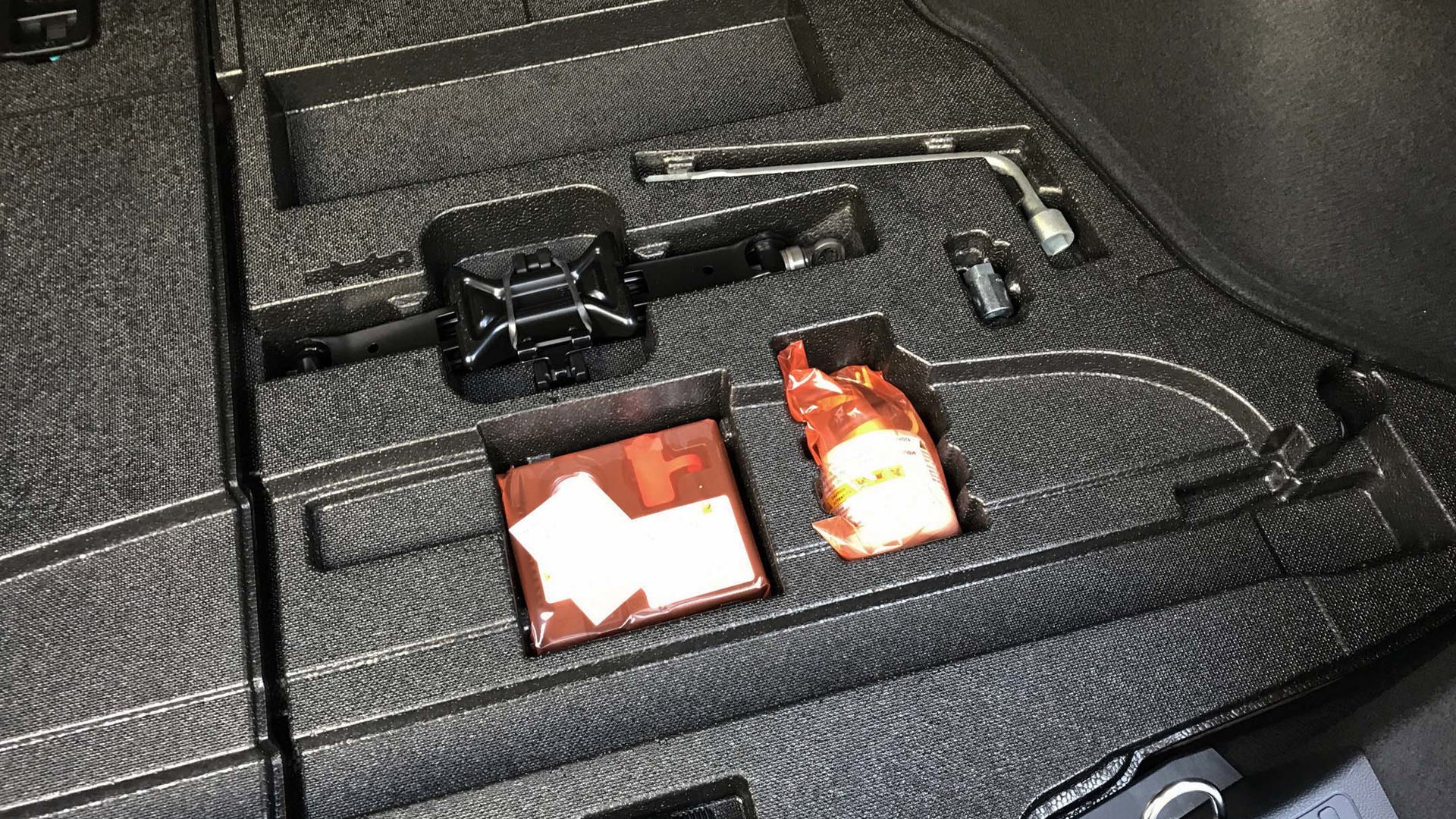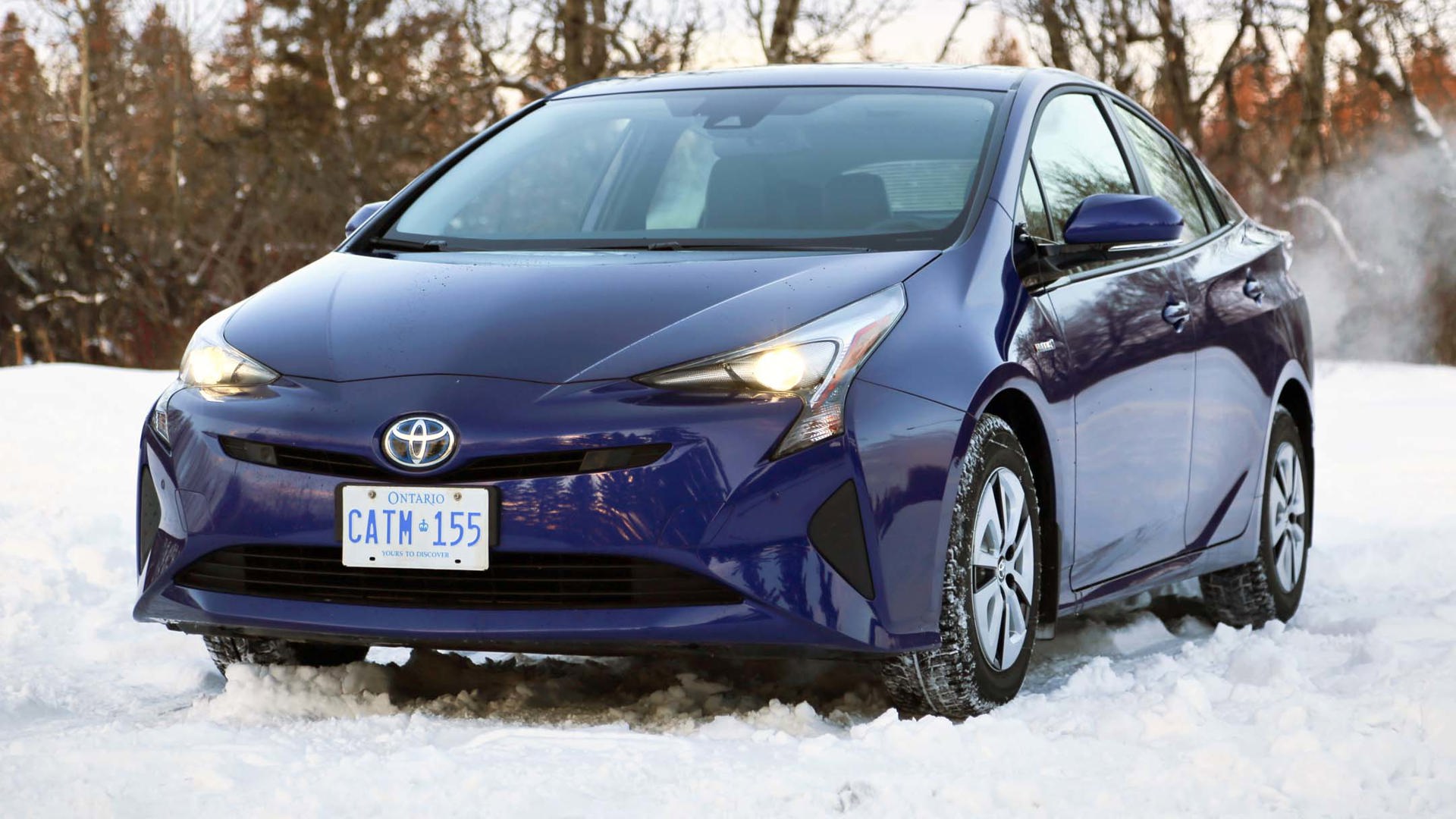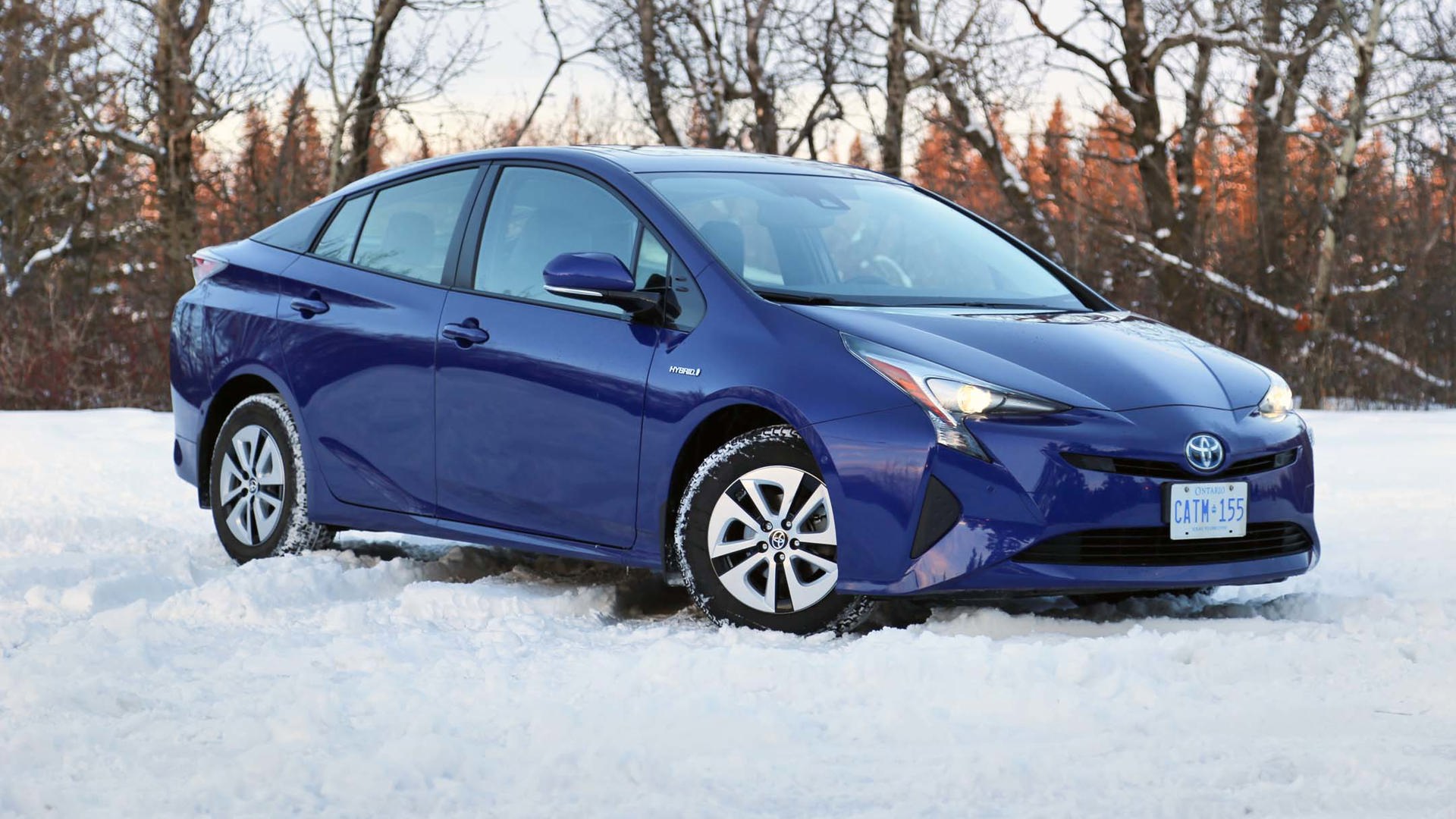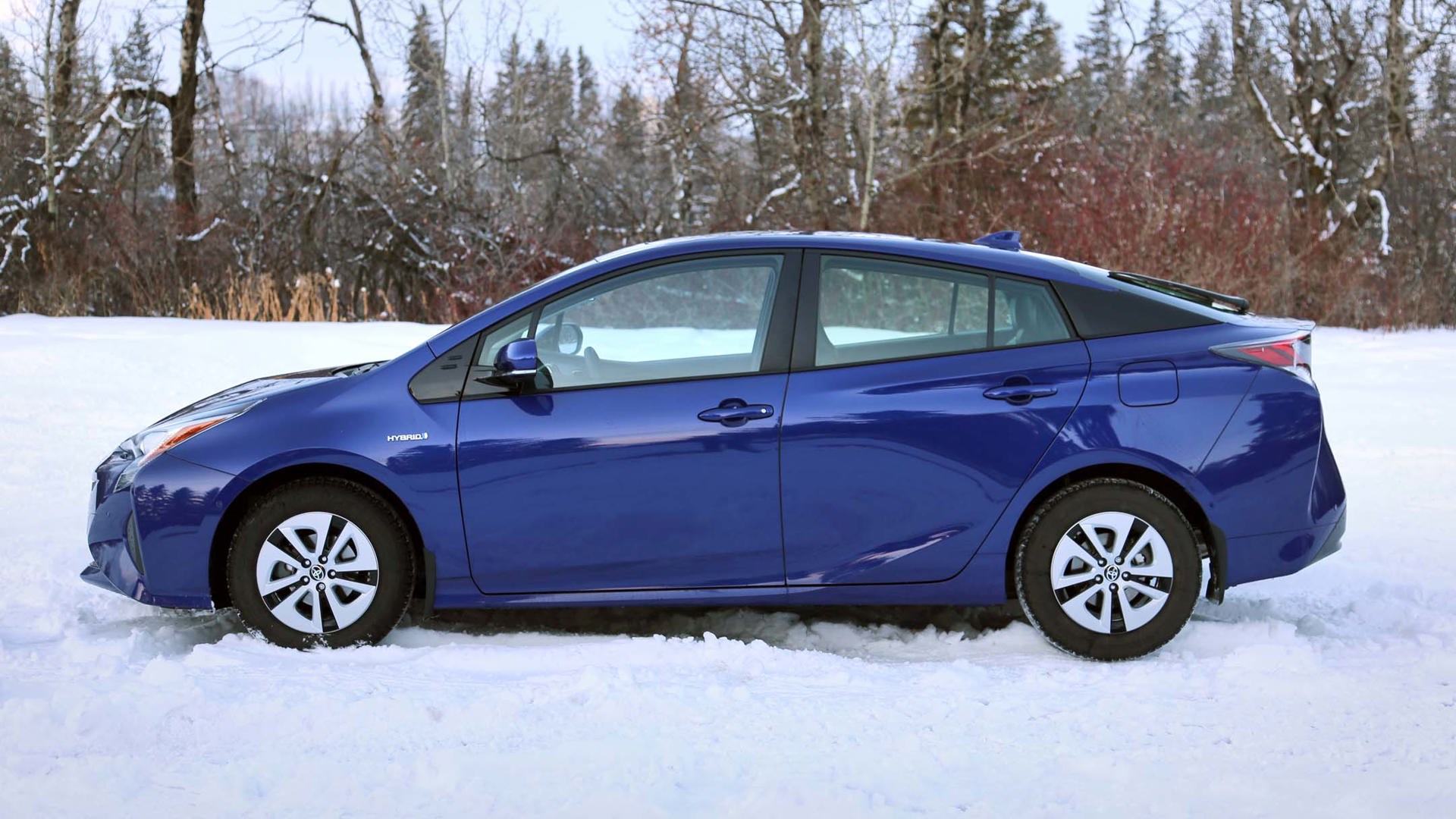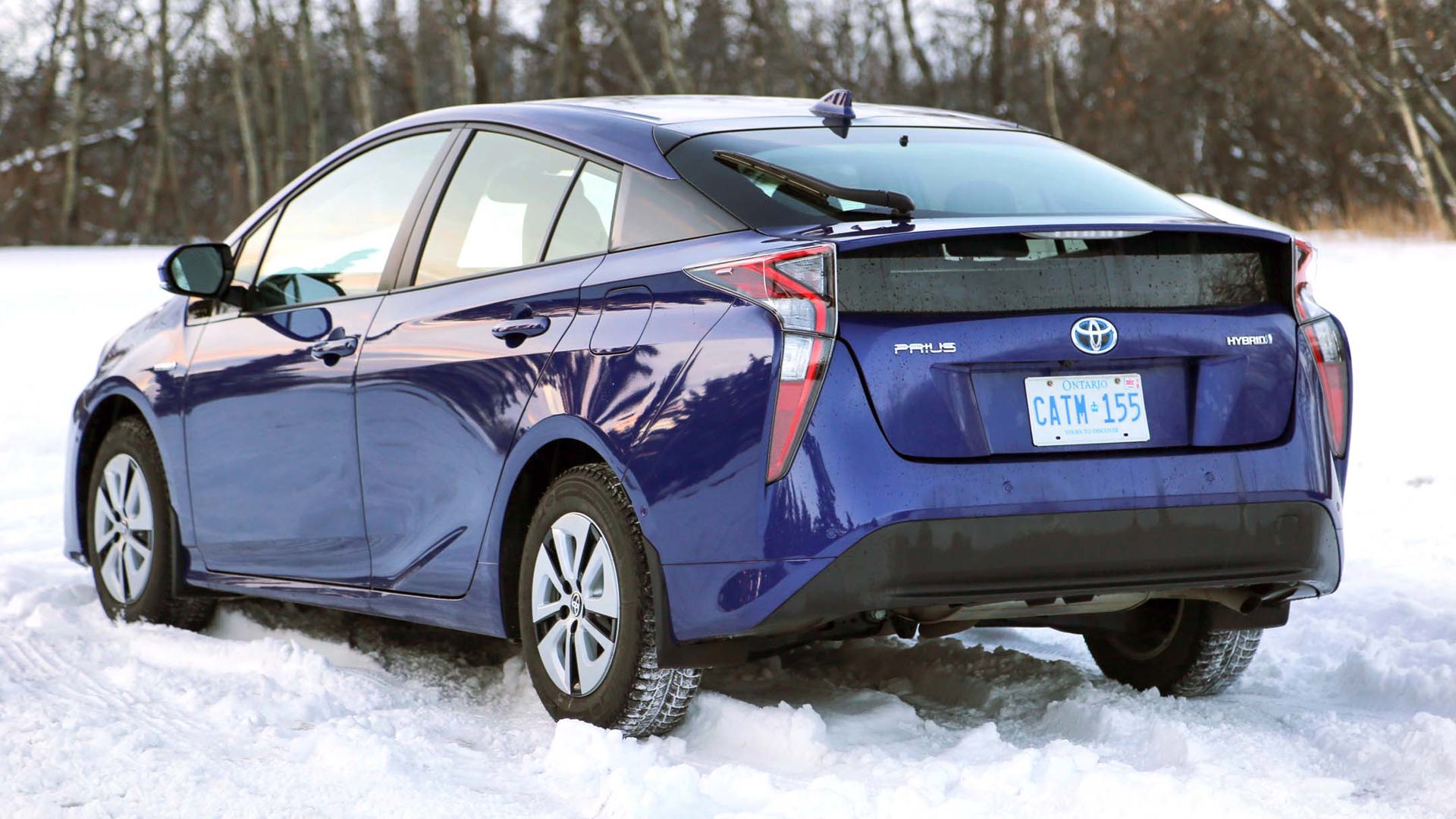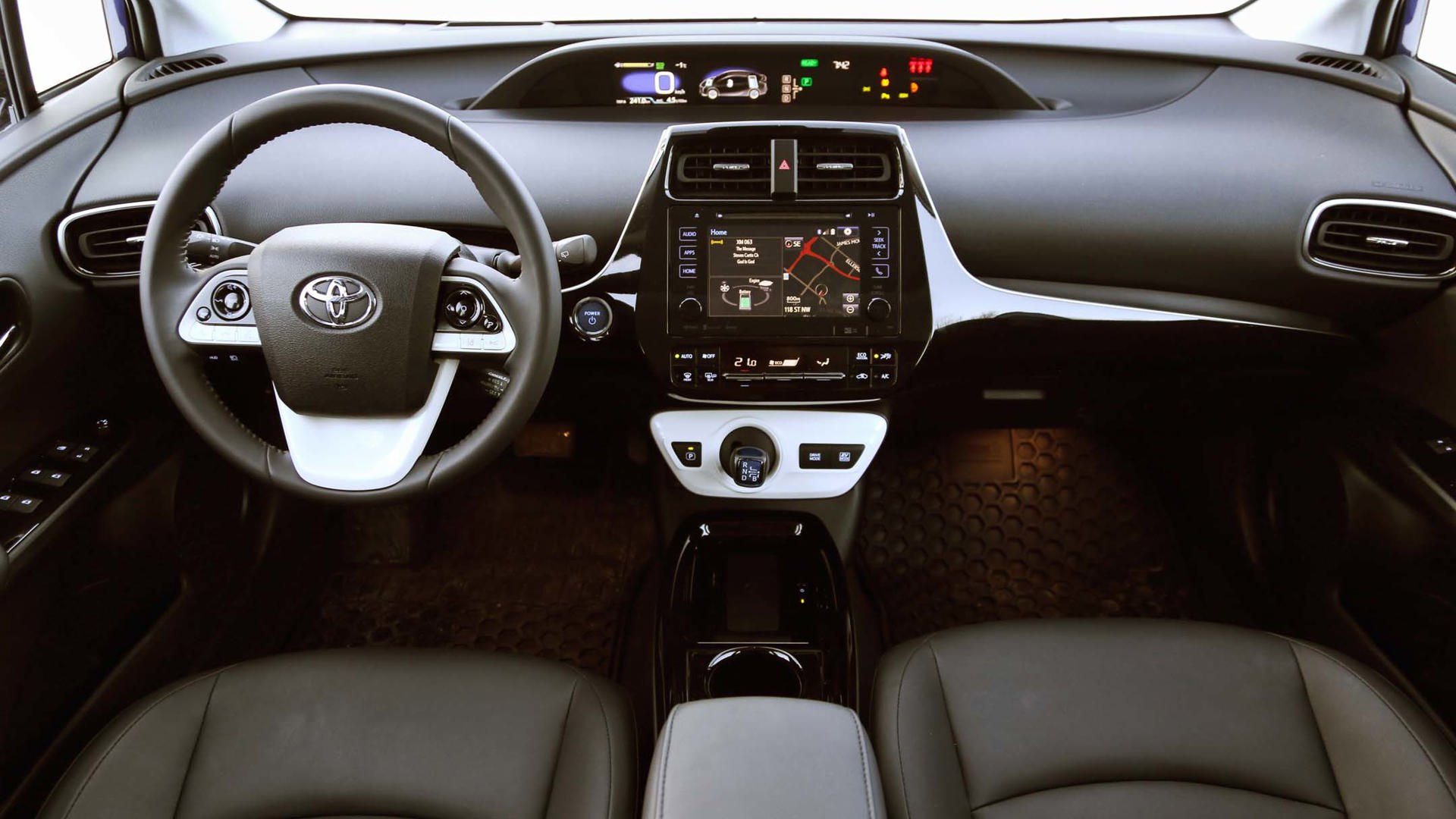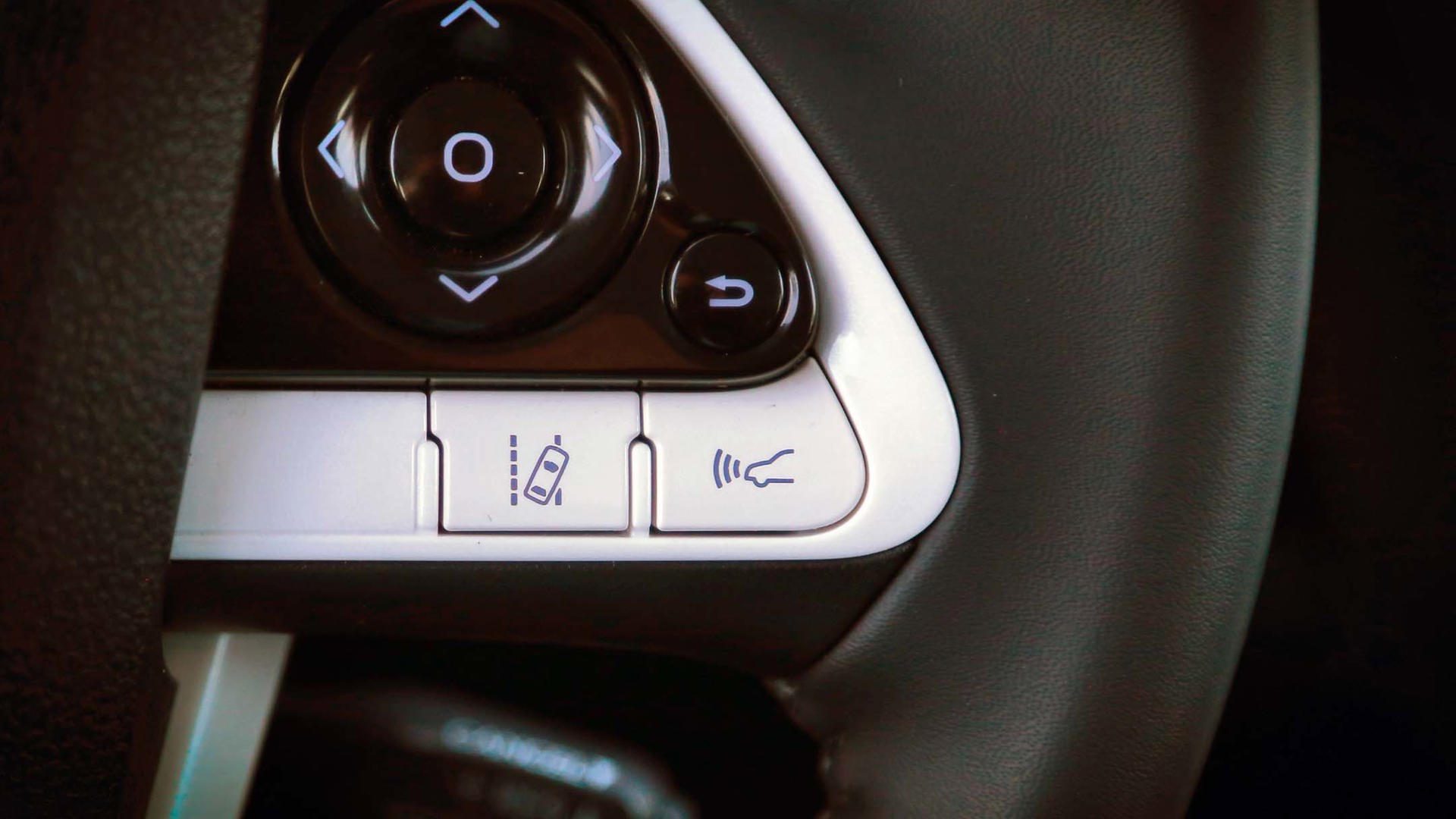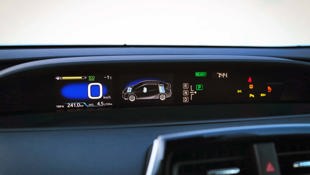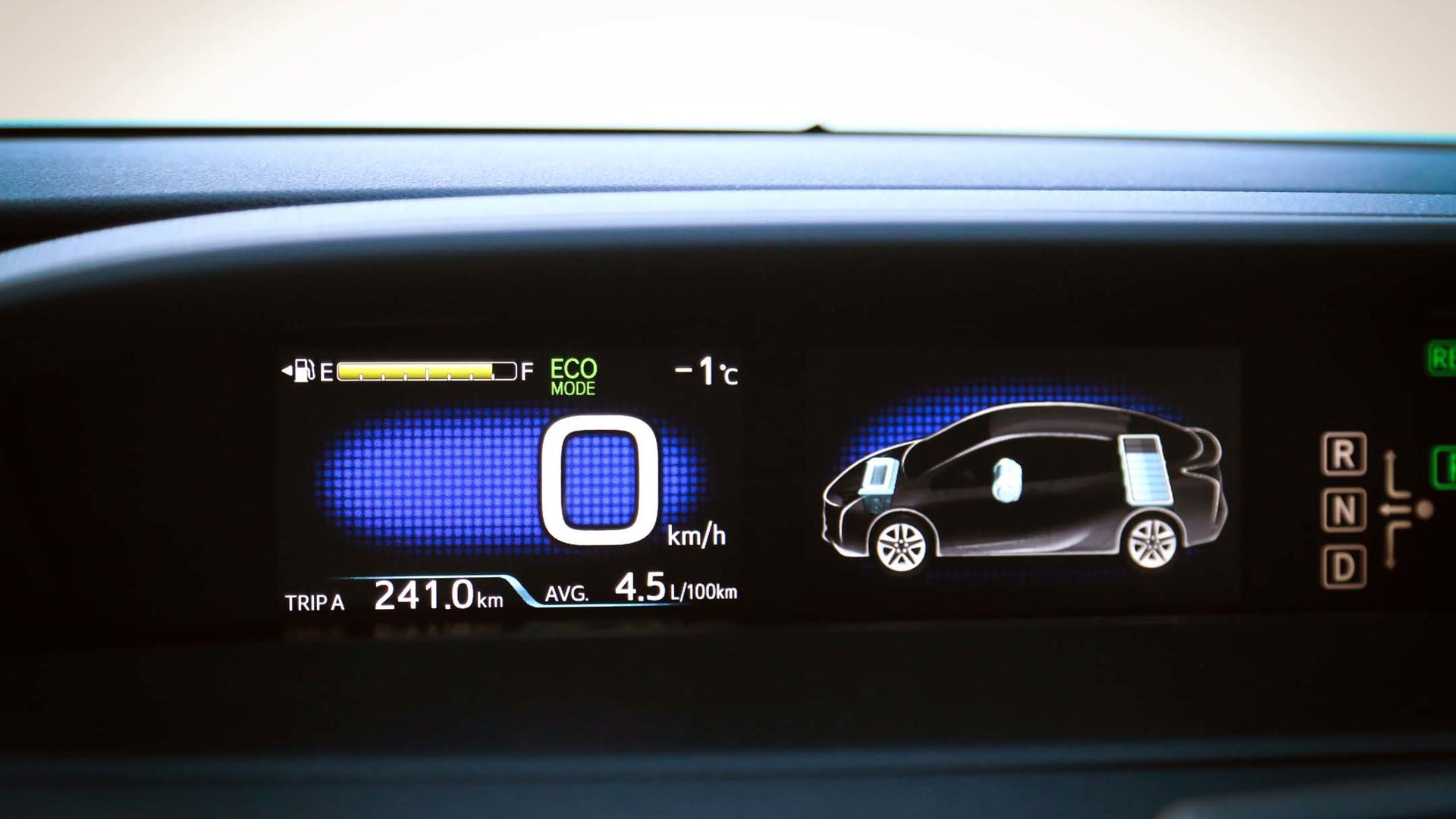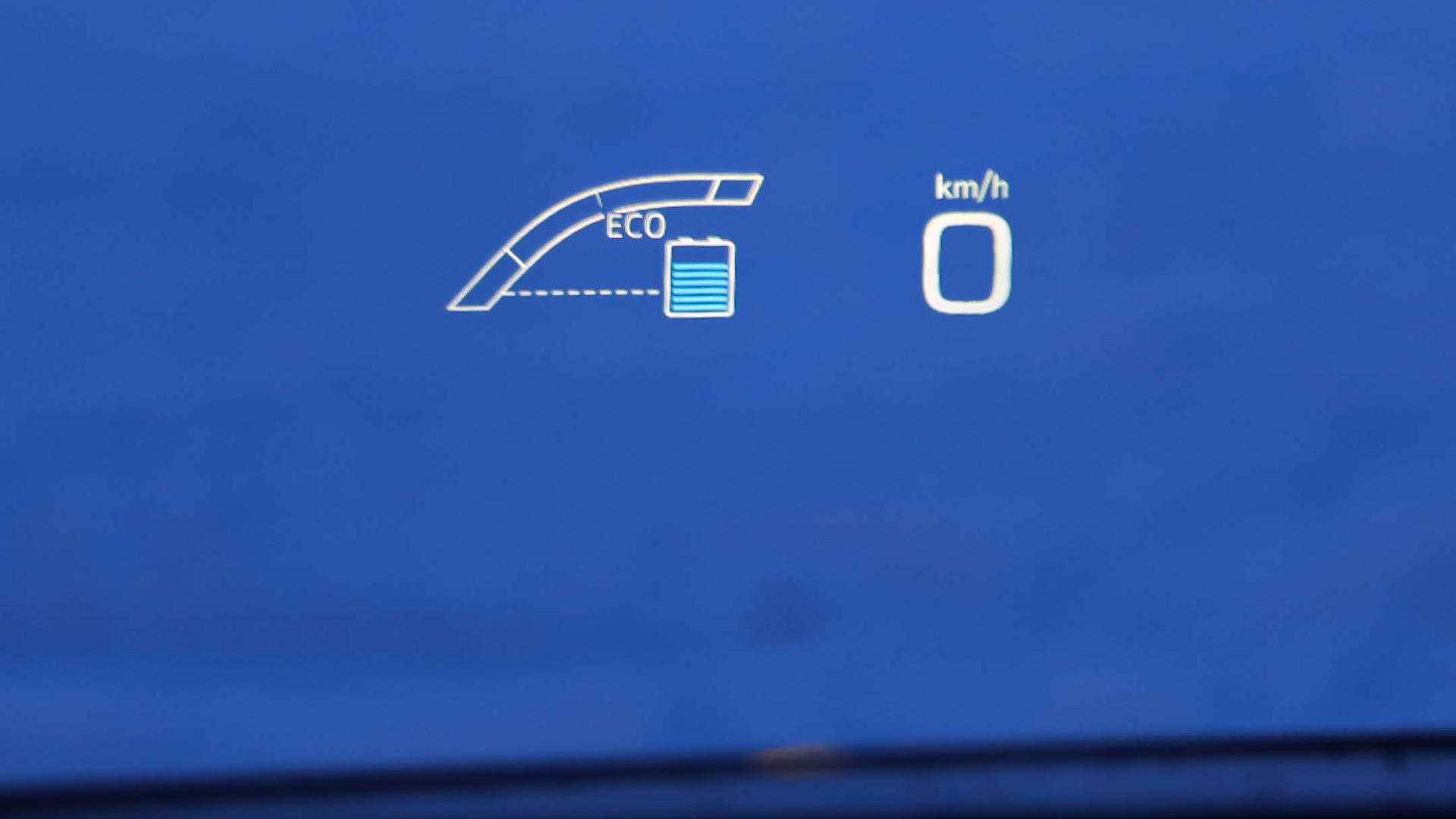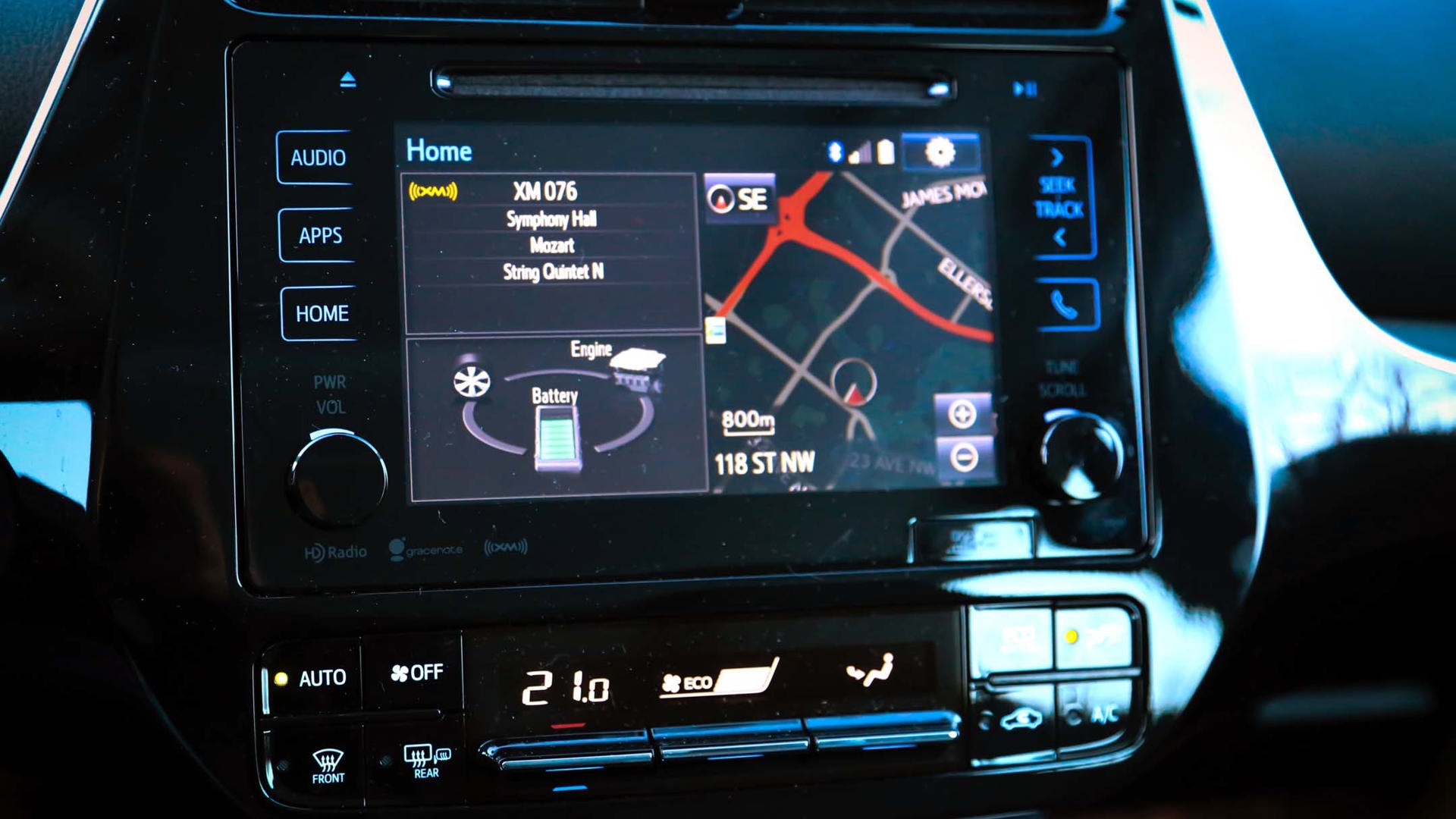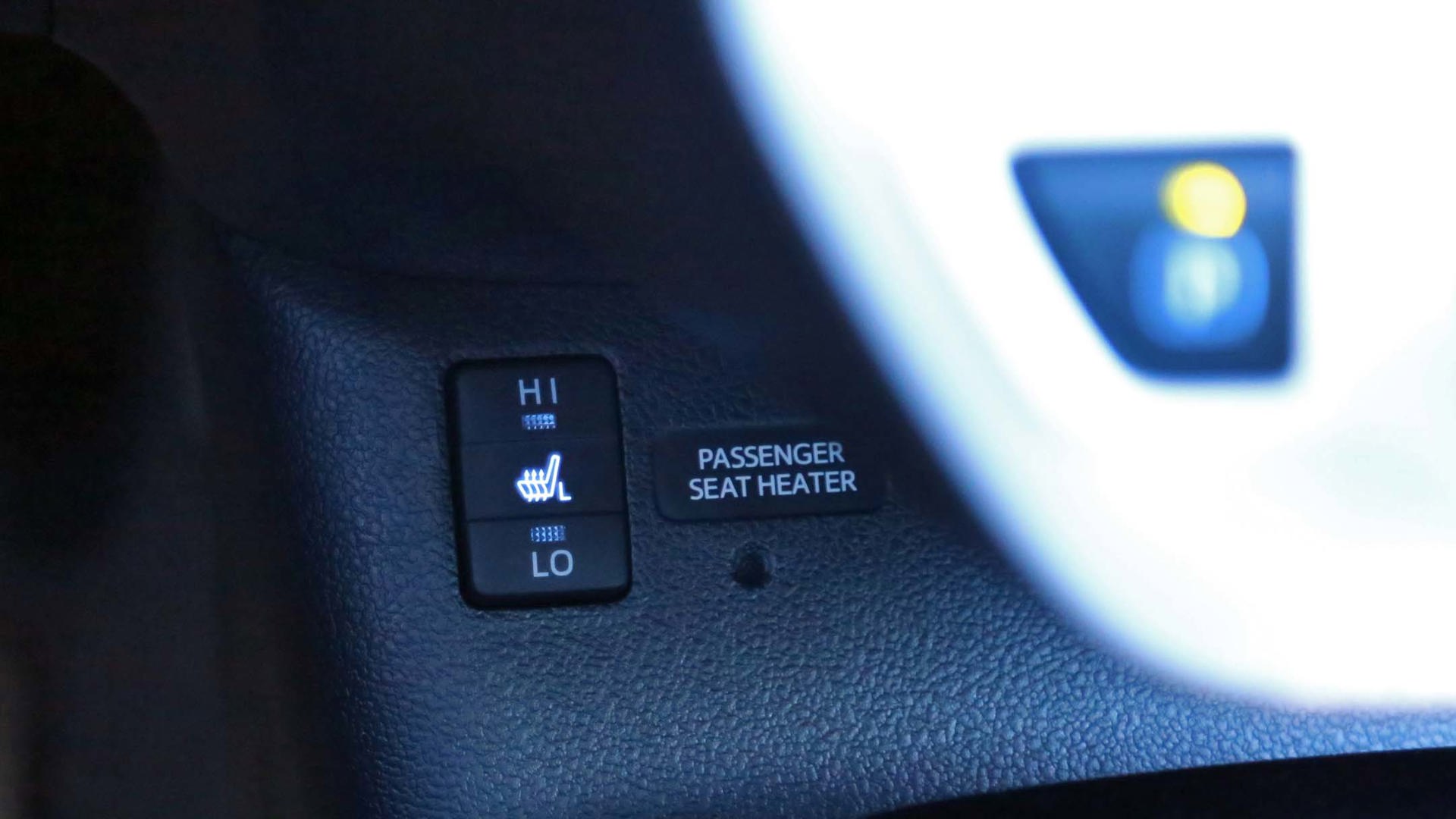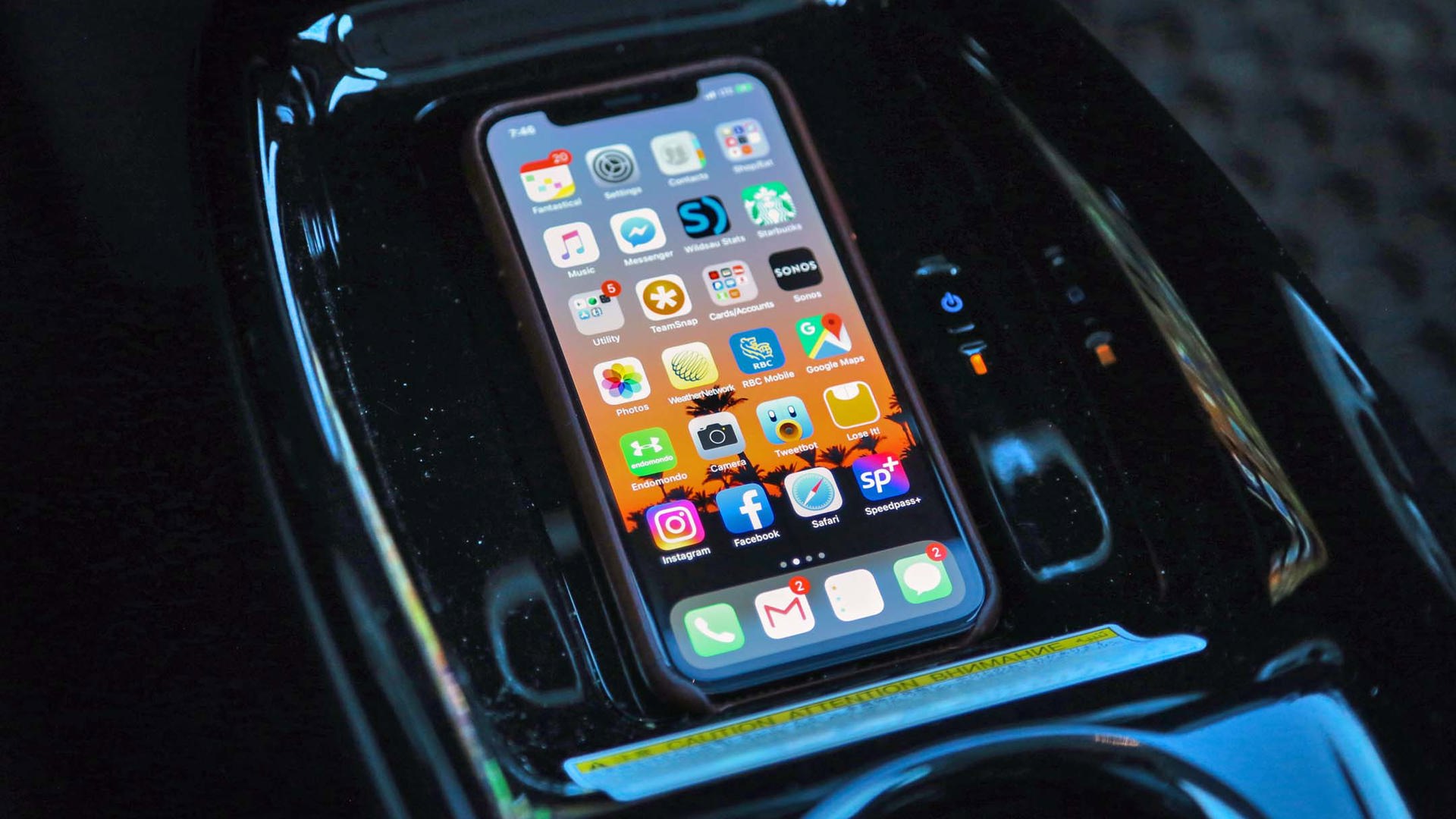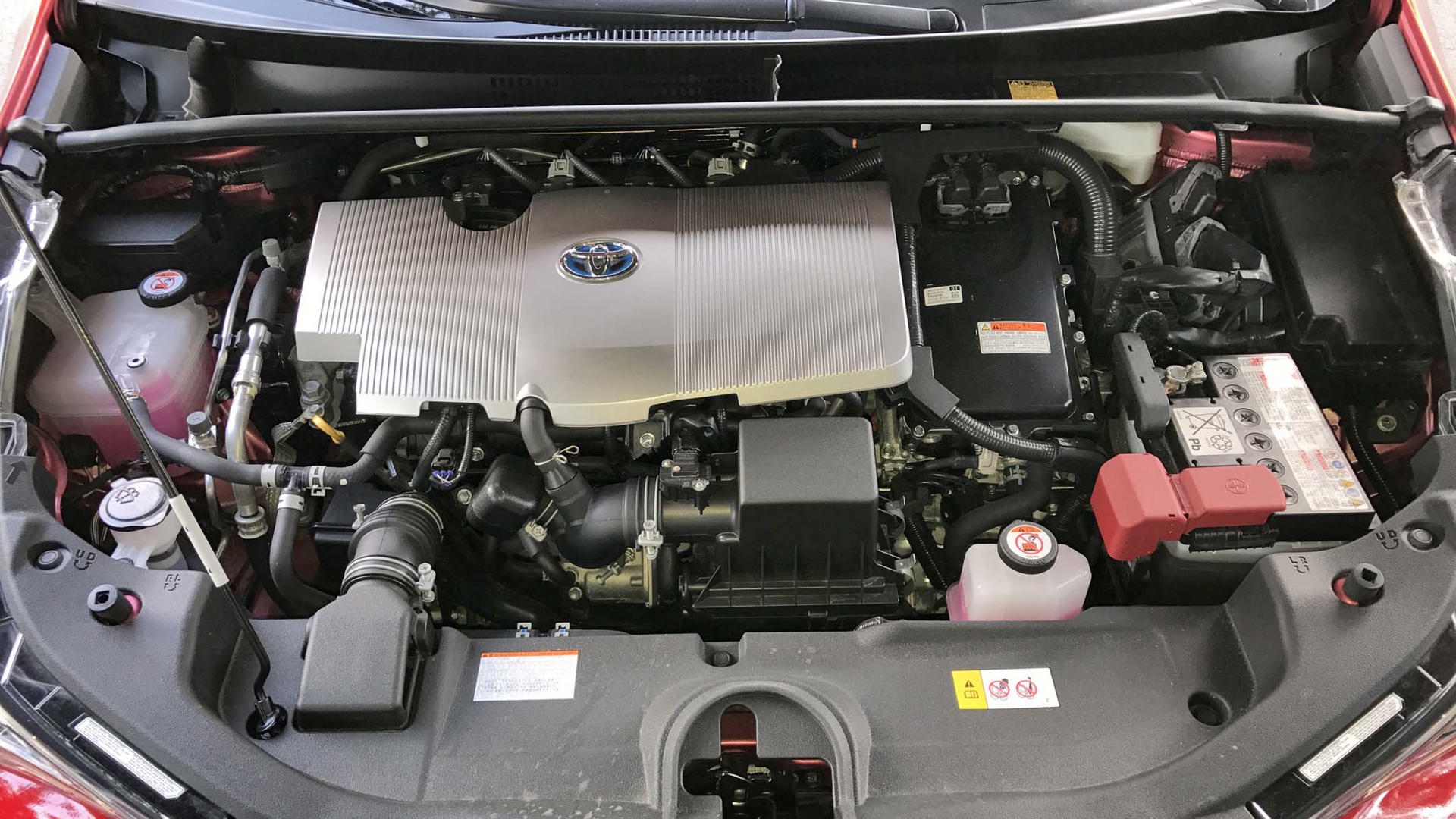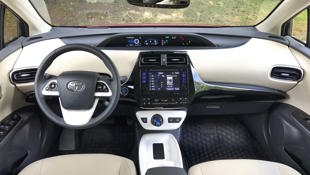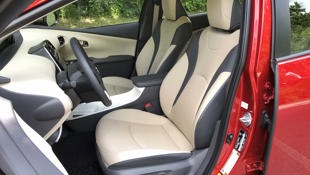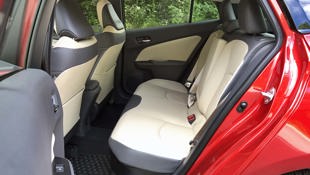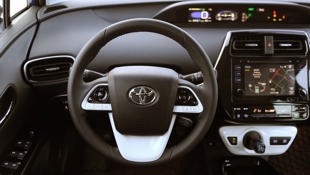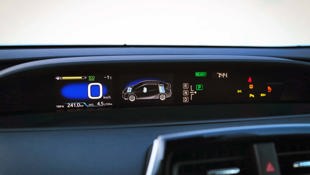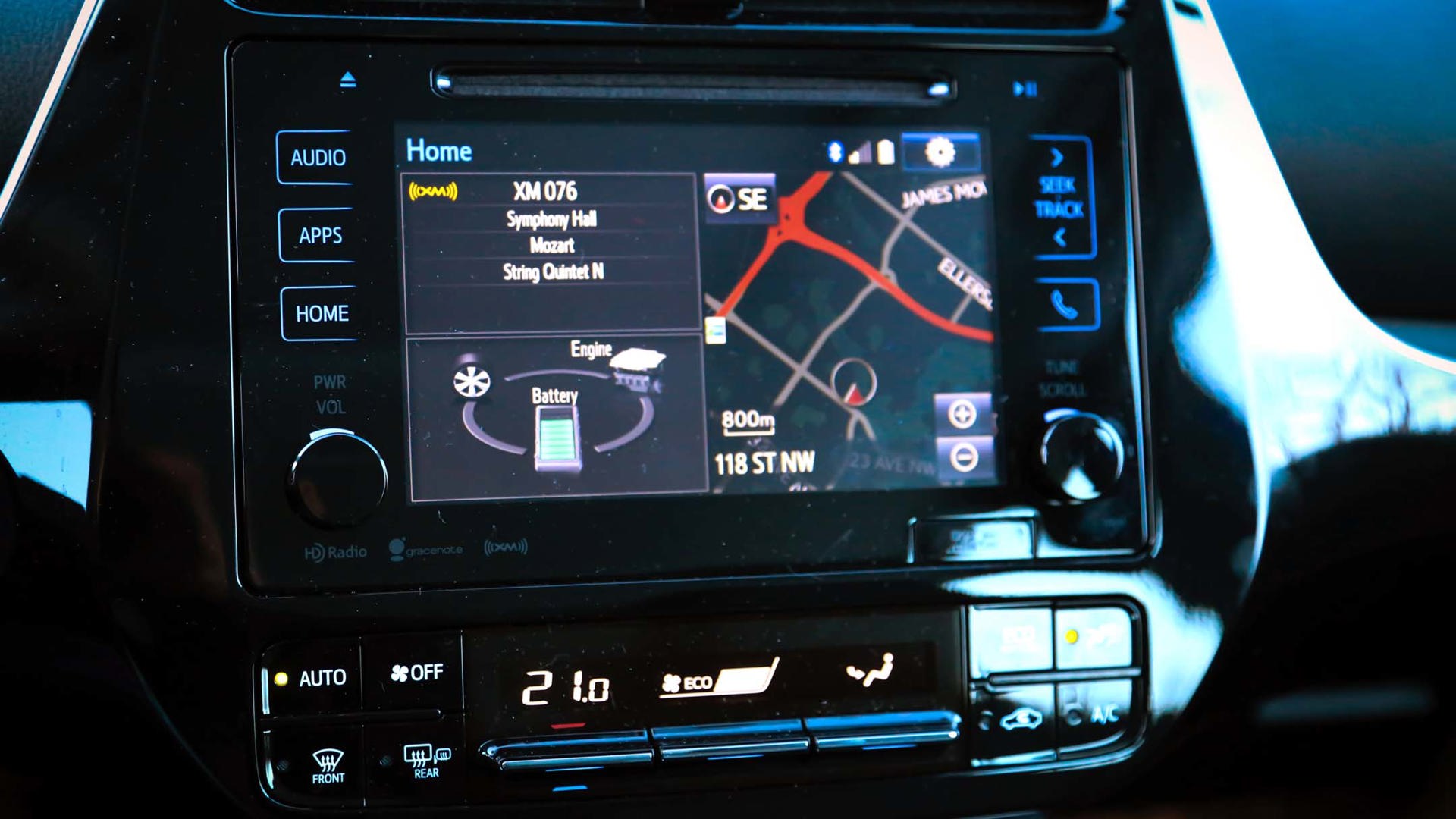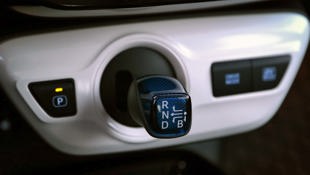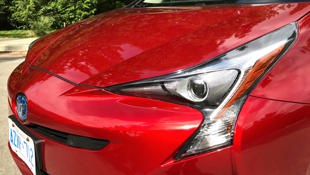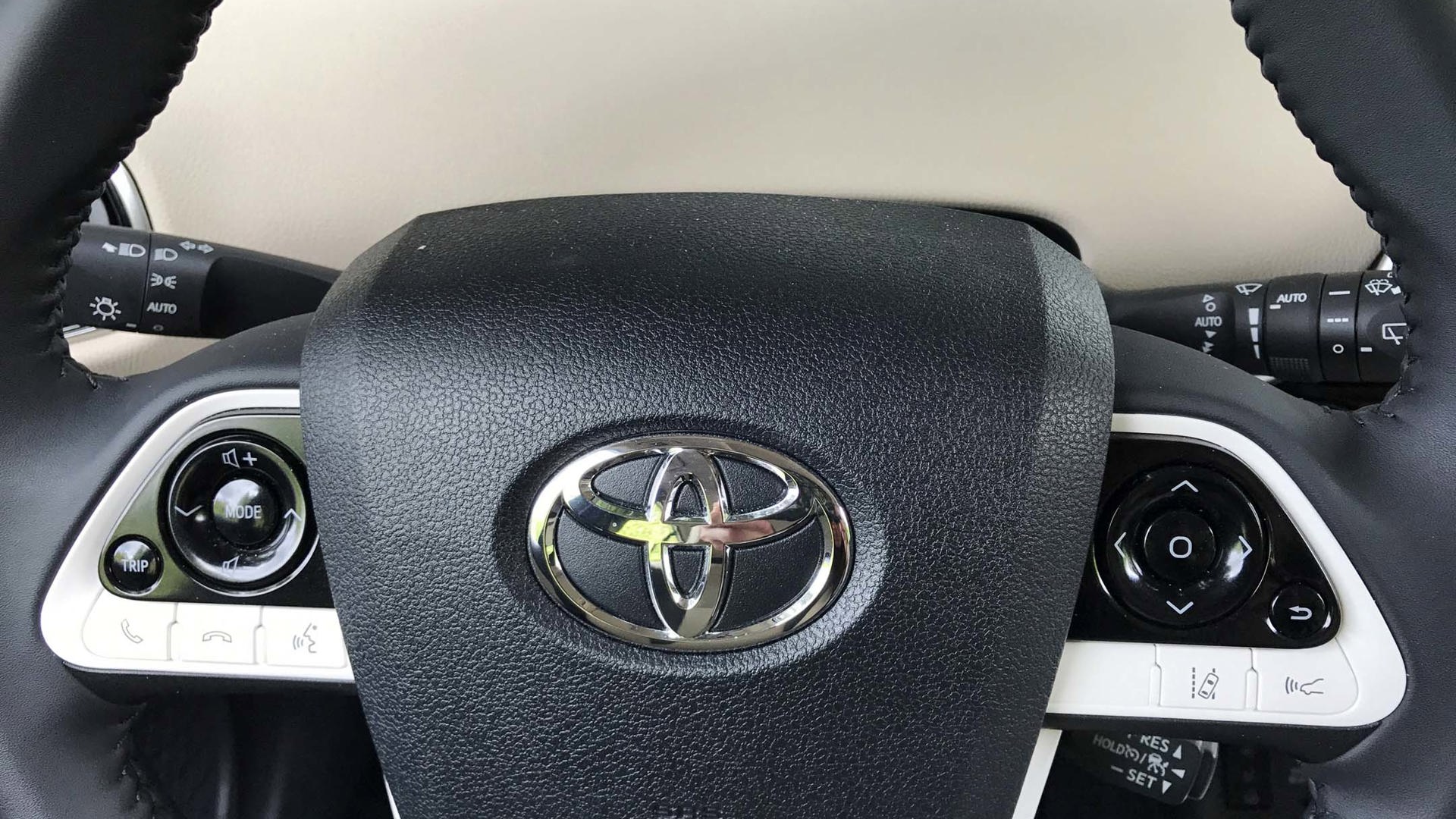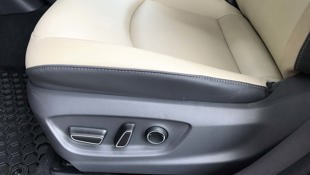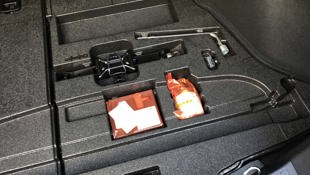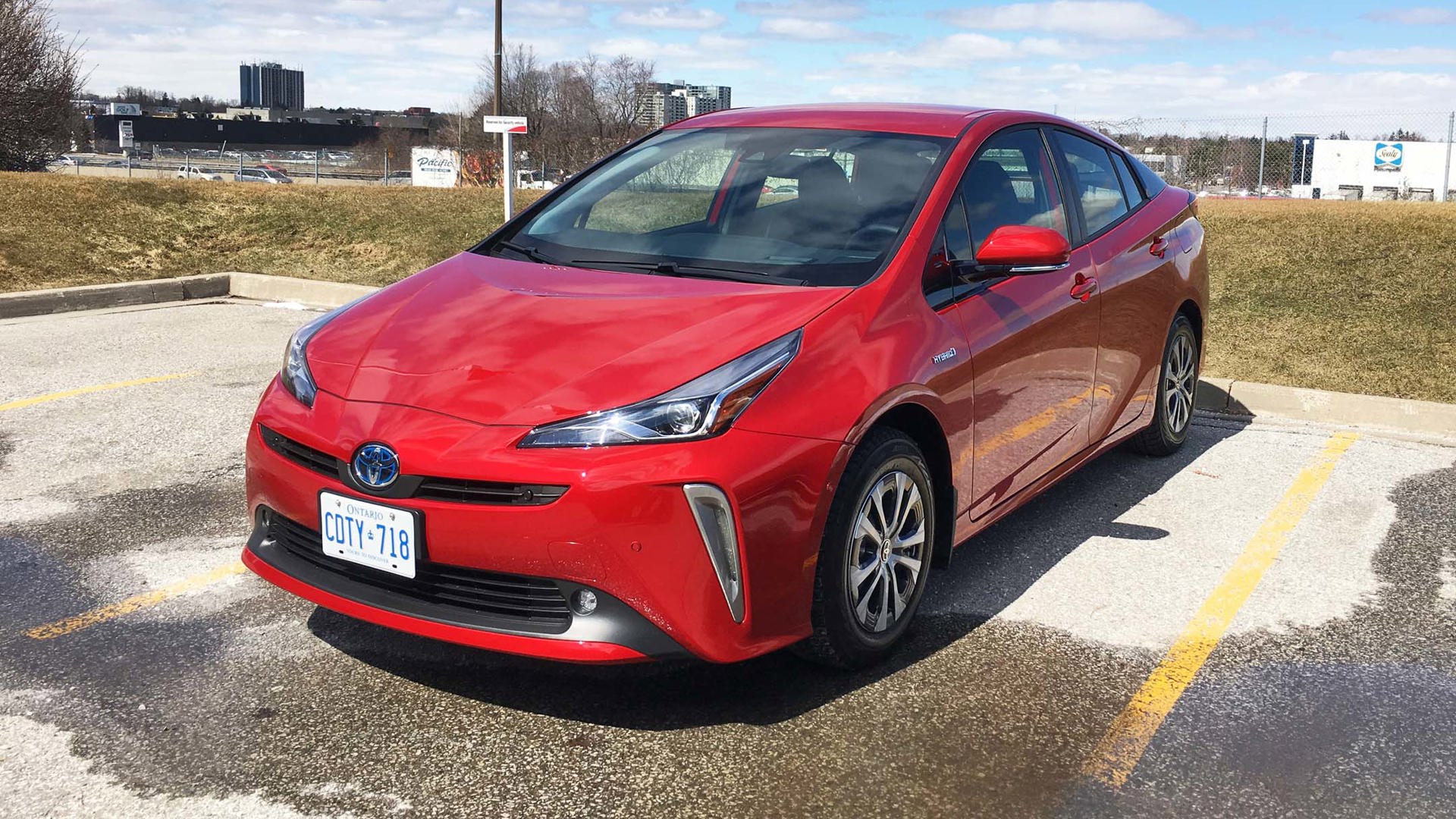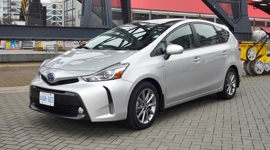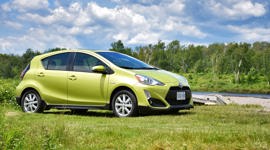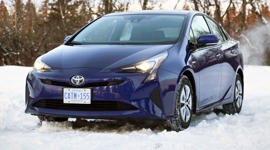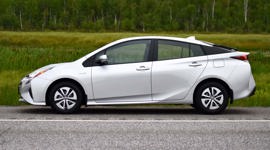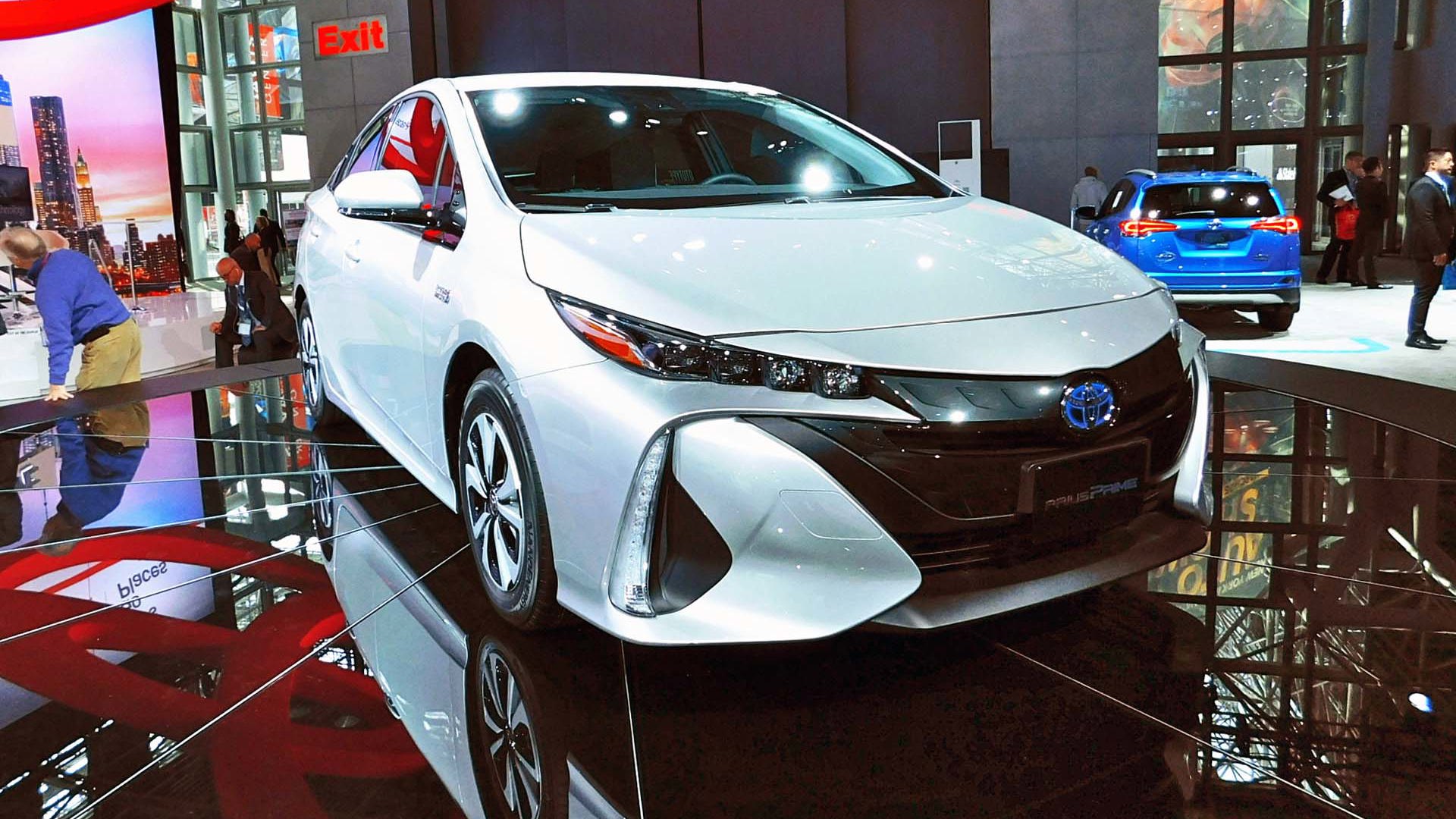Vehicle Type
A worthy upgrade from older models.
Compact hybrid hatchback
History/Description
For its fourth generation, the Toyota Prius arrived with numerous upgrades and tweaks, as well as improved performance and efficiency, improved driving dynamics, and more safety equipment than ever.
Launched in 2015 for model year 2016, Prius advanced the promise of its predecessors on all fronts. Backed by Toyota’s reputation for reliability and safety, as well as their status as “the hybrid brand”, the Prius has long been a go-to choice for first-time and repeat hybrid customers alike.
Most shoppers will find this generation of Prius to be thrifty, flexible, highly maneuverable, and ready to tackle any sort of driving, whether in rural or urban areas. A glance at notes from a past test drive review reveals that this Prius impressed your writer with a relaxed highway drive, and solid all-around ride comfort, even on rougher in-town roads.
Repackaging of the hybrid battery within the driveline also expands cargo capacity by nearly 60 litres for this generation.
The 2016 Prius also introduced new motor-generator assemblies and various revisions to the driveline, which result in improved throttle response, decreased fuel consumption, and improved cold-weather heating performance.
Feature content may include blind spot monitoring, Toyota Safety Sense P, a large central display screen, digital instrument cluster, a head-up display, automatic lights and climate control, an LED performance lighting system, self-parking capability, navigation, power seats, Bluetooth, push-button ignition, and more.
Engines
The engine of this generation is a heavily reworked version of the previous unit. The 1.8-litre four-cylinder boasts world-leading thermal efficiency, numerous friction-reduction measures, and reduced weight. Total output is rated at 121 horsepower.
What Owners Like
On most measures of driving dynamics, comfort, flexibility, performance, and (especially) fuel efficiency, this generation of Toyota Prius seems to have largely satisfied its owners. Many report that it’s a worthy upgrade from older models.
Responsive power, a well-sorted ride, plenty of cargo space, and an overall easy-to-drive character help drivers reduce their fuel consumption, virtually without compromise. Performance from the headlight system is highly rated as well.
What Owners Dislike
Some owner gripes include the Prius’s strange and unconventional looks, a soft and vague feel to the brake pedal, and an annoying back-up beeper safety system.
Pro Tip: Verify Warranty Coverage
Many used Prius models from this generation are new enough to still be covered by remaining factory warranty – which may be a factor in your purchase.
If that’s the case, be sure to obtain and validate all service records against the Prius’s maintenance schedule, which is located in the back of the owner’s manual. Various checks, inspections, servicing, and fluid changes are required on a periodic basis to help keep the vehicle in tip-top shape, and to keep its warranty in good standing.
The warranty on a used Prius with an unclear service history may be compromised – so it’s “buyer beware” to make sure the vehicle has been properly and continually maintained.
Pro Tip: Hybrid System Inspection
Buying a used Prius without a comprehensive inspection by a professional, hybrid-certified technician in a Toyota dealer setting is not advised.
That’s because properly inspecting and assessing the condition of a used hybrid requires special equipment.
Shoppers are advised to budget for a complete pre-purchase inspection of the used Prius, before their purchase, for maximum confidence.
The Test Drive
Check the Climate Control
Though reports like this and this are somewhat inconclusive, test drivers are advised to fully check the climate control (and especially the air conditioner) in a used Prius before agreeing to purchase. Some owners have reported air conditioners that fail to work, work sporadically or poorly, or that may be suffering from low refrigerant levels – possibly caused by a leak, or an improper factory fill.
So, run the A/C system, confirming that it pumps cool air into the cabin in quick order when engaged. Note that using the Prius’s Econ drive mode may reduce air conditioner performance by design, and that this may be especially easy to detect on warmer days.
Once you’ve confirmed that the system is pumping cold air into the cabin, be sure you’re able to send that cool air through each possible climate control vent, too. If the air conditioner fails to properly chill the cabin through any requested vent(s), you’ll want to have the vehicle assessed before you buy.
Some problems with air conditioner performance (including a clogged cabin air filter, broken or inoperable blend doors, or climate control system sensors or programming) can also have negative effects on wintertime heater performance, too.
In any case of any detected climate control problems, shoppers are best to have a dealer technician investigate before they agree to buy.
For your reference, here’s a look at how easily you can check and change the Prius’s cabin air filter on your own.
Pre-Collision System / Safety Systems
On your test drive of a Prius equipped with advanced safety features, be on the lookout for any warning lights or messages illuminated or displayed in reference to a problem with any of these features.
For instance, according to this this discussion, one owner noticed one such warning message, which may have been caused by (very minor) damage to the front bumper of the car, where the forward sensor is located. This precisely calibrated sensor could be knocked out of whack by a small impact, perhaps while parking. In such a case, the sensor may have to be recalibrated by the dealership, or replaced.
As this can be expensive, shoppers are advised to confirm that all safety systems are in proper working order during their test drive. Have a Toyota-certified technician diagnose the vehicle before you buy, if you have any concerns – like a warning light.
Recalls and TSBs
Here’s a list of recalls and Technical Service Bulletins (TSBs) issued by Toyota to help correct or diagnose potential problems. Issues identified on this list may or may not affect the used Prius you’re considering, and some only apply to a handful of models.
Among other things, this list outlines various issues that Prius customers have reported to technicians, and steps that can be taken to help.
Issues covered include unwanted odours from the climate control system, unsafe block heaters, faulty parking brake cables, unwanted sounds from the vehicle cabin, water leaks, and more.
Use this list as a reference only – noting that the issues listed are typically reported by a very small portion of owners.
Here’s the list of official Transport Canada recalls. You can check if any apply to the vehicle you’re considering by looking up its VIN on the Toyota website.
“Traction Battery Maintenance Required”
If you notice a warning message on the Prius’s central display advising that maintenance is required for the traction battery, be sure to give this discussion a read.
This warning may appear for various reasons, but a likely cause is simple: the air filter for the battery air intake may be clogged. If this is the case, the Prius cannot efficiently cool its battery until the filter is replaced (at which point the warning message will disappear).
The solution, simply, is to replace the air filter. Here’s some more information.
Still, be double-sure to have the vehicle inspected by a professional before you buy, if any such warning messages are visible.
Inspect the Steering Wheel
According to at least one lengthy online discussion, test-drivers are best to scrutinize the condition of the steering wheel – as numerous owners have reported questionable durability from the finish on the wheel surface, which may peel, deform, or otherwise wear away, sometimes in just a year or two.
If the steering wheel on the unit you’re considering exhibits this issue, call it into pricing negotiations. This problem may qualify for warranty replacement, provided the vehicle is still within its warranty period. Ask your local dealer for more details.
Difficult or Messy Refueling
When filling up with gasoline, some owners have reported fuel filler guns that continually click off for no apparent reason, possibly accompanied by fuel spillage or overflowing.
If you notice this during ownership, start by checking the owner’s manual section on refueling, to confirm that you’re using the fuel release button properly. Accidentally touching the fuel door release pin while refueling may cause issues, too.
In some cases, difficult or messy refueling is user error. In others, there may be a problem with the vehicle. If you notice any symptoms like this after confirming that you’re following the refueling instructions in the owner’s manual, be sure to have the vehicle checked by a Toyota technician.
Fussy Stereo
Spend a few minutes of your test drive giving the Prius’s stereo system and central display screen a workout. Pair one or more Bluetooth devices, plug in a USB stick full of tunes, and work through all stereo functions – including adjusting the volume, changing radio stations and audio tracks, and playing music from several sources (including a Bluetooth stream from your phone).
Some owners have reported various problems and gripes with the Prius’s head-unit, and now’s the time to make sure things are healthy. If that’s not the case, the system may require a hard reset (easy and cheap), a software update (relatively easy), or total replacement of the unit itself (unlikely, but expensive).
Verdict
So far, the relative newness and solid-looking reliability of the latest Toyota Prius give second-hand shoppers little to worry about – other than a few checks for visual condition and general maintenance. Shoppers after a fuss-free switch into a 2016 or later Prius should seek a satisfactory result from a pre-purchase inspection (PPI) by a Toyota technician, and buy confidently.
Safety Ratings
IIHS: Top Safety Pick+ (2016)
NHTSA: 5/5 Stars (2016)
